I get it. Montenegro isn’t the first place you think of when planning your next trip. It’s small, it’s less famous than its neighbours, and for many, it’s simply a name on the map.
But let me tell you, it’s worth every minute of your attention — and more importantly, your time.
When I first visited Montenegro, I wasn’t sure what to expect. Would it be like Croatia, but quieter? A cheaper version of Italy? What I found was a country with its own distinct personality — raw, diverse, and surprisingly welcoming.
So, is Montenegro worth visiting? Yes. For its untamed nature, its mix of coastal and mountain cultures, its history that defies categorisation, and its people who’ll invite you in like family. Whether you’re seeking adventure, relaxation, or a bit of both, Montenegro has something for you.
But this isn’t just about ticking places off a list. It’s about diving into a destination that still feels unpolished and real, a place where the modern and the ancient sit side by side without pretence. In this article, I’ll break down exactly why Montenegro deserves a spot on your itinerary, how it’ll surprise you, and how to make the most of your time there.
Let’s get into it.
Is Montenegro Worth Visiting?
Without a doubt, Montenegro is worth visiting. It’s a country that combines breathtaking natural landscapes, rich cultural heritage, and a welcoming atmosphere into an experience you won’t forget.
Whether you’re drawn to its nature, towns, or coastline, there are countless reasons to explore this destination.
1. The Nature is Unspoiled
Montenegro’s unspoiled nature answers the question, "Is Montenegro worth visiting?" emphatically.
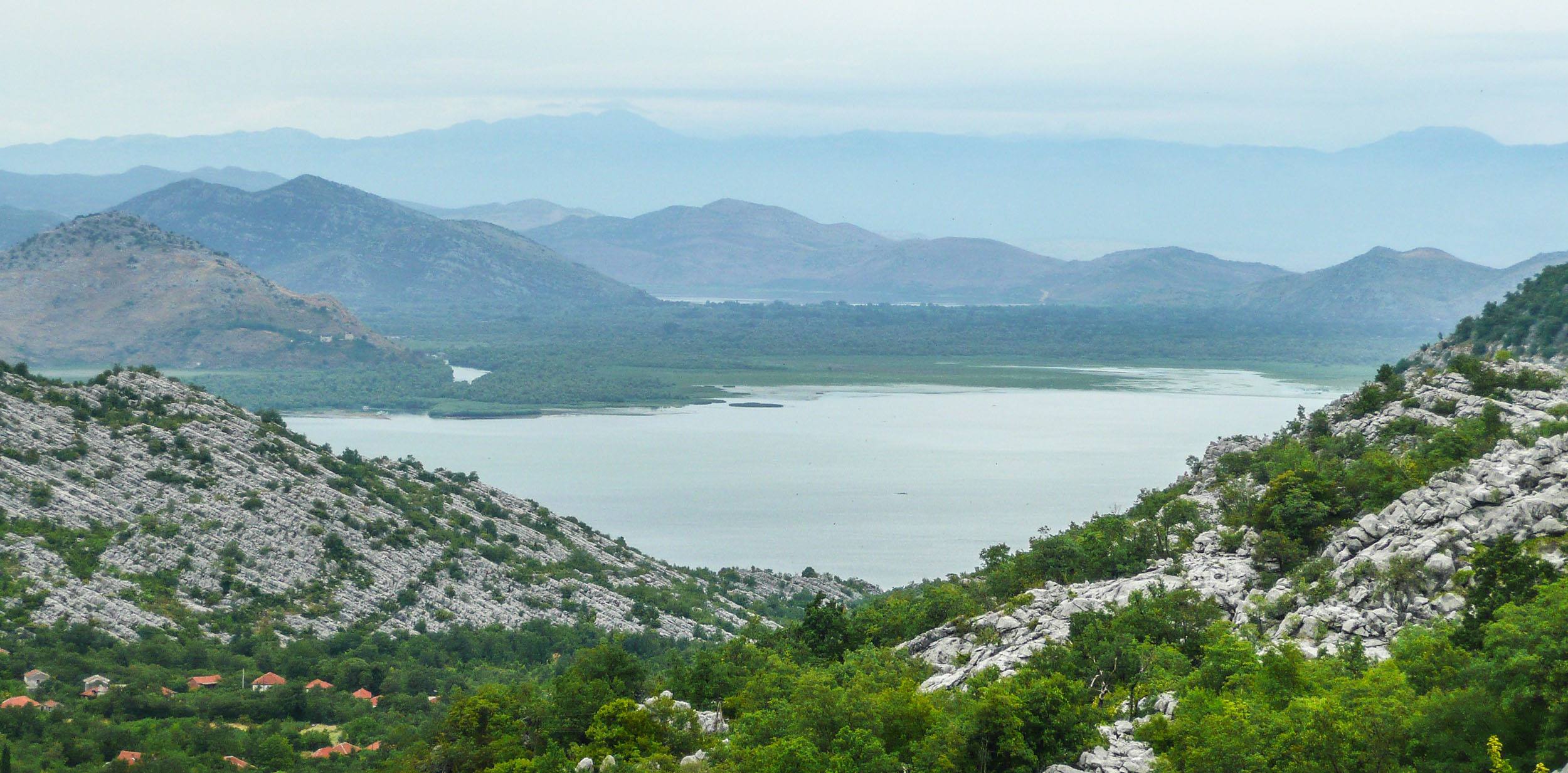
Montenegro’s natural landscapes feel untouched in a way that’s increasingly rare. Whether it’s the towering mountains, serene lakes, or dense forests, the country offers an unparalleled connection to nature. It’s the kind of place that makes you stop and stare, not because someone told you to, but because the view demands it.
Durmitor National Park
Durmitor National Park is one of Montenegro’s crown jewels, and its UNESCO World Heritage status makes it a must-visit for nature lovers. This isn’t just a place for casual sightseeing — it’s a playground for hikers, climbers, and adventurers.
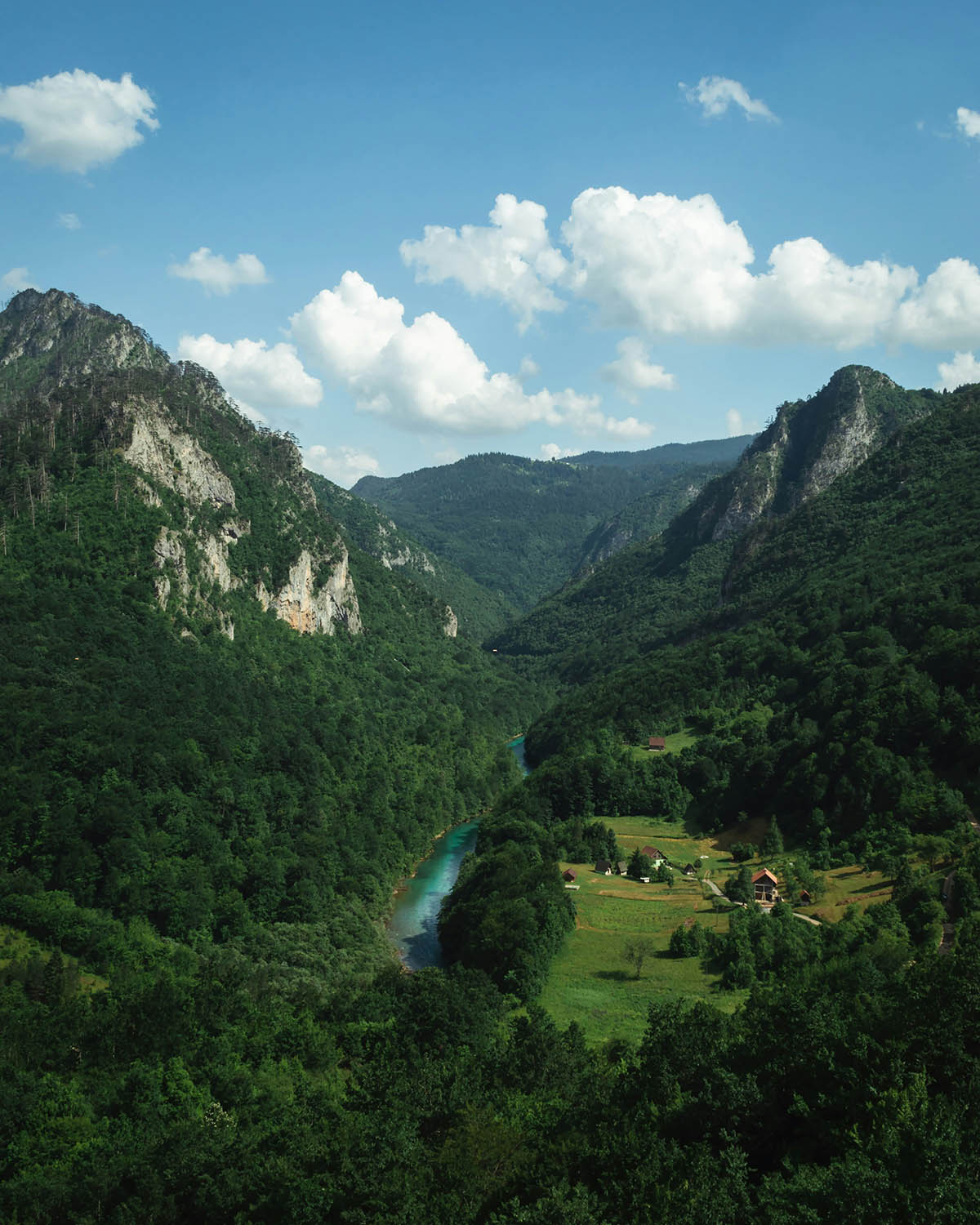
The park’s highlights are the Tara River Canyon, which is Europe’s deepest canyon, and Black Lake, a picture-perfect spot surrounded by pine forests. Scenic trails wind through the park, leading to breathtaking views and moments of solitude. Even if you’re not an experienced hiker, there are plenty of easier paths to explore.
Practical Tip: If you’re short on time, focus on Black Lake. It’s accessible, stunning, and a great introduction to Durmitor’s natural beauty.
Biogradska Gora National Park
Biogradska Gora is often overshadowed by Durmitor, but don’t let that fool you — this park is just as magical. It’s one of Europe’s last remaining primeval forests, a place where you can walk among trees that have stood for centuries.
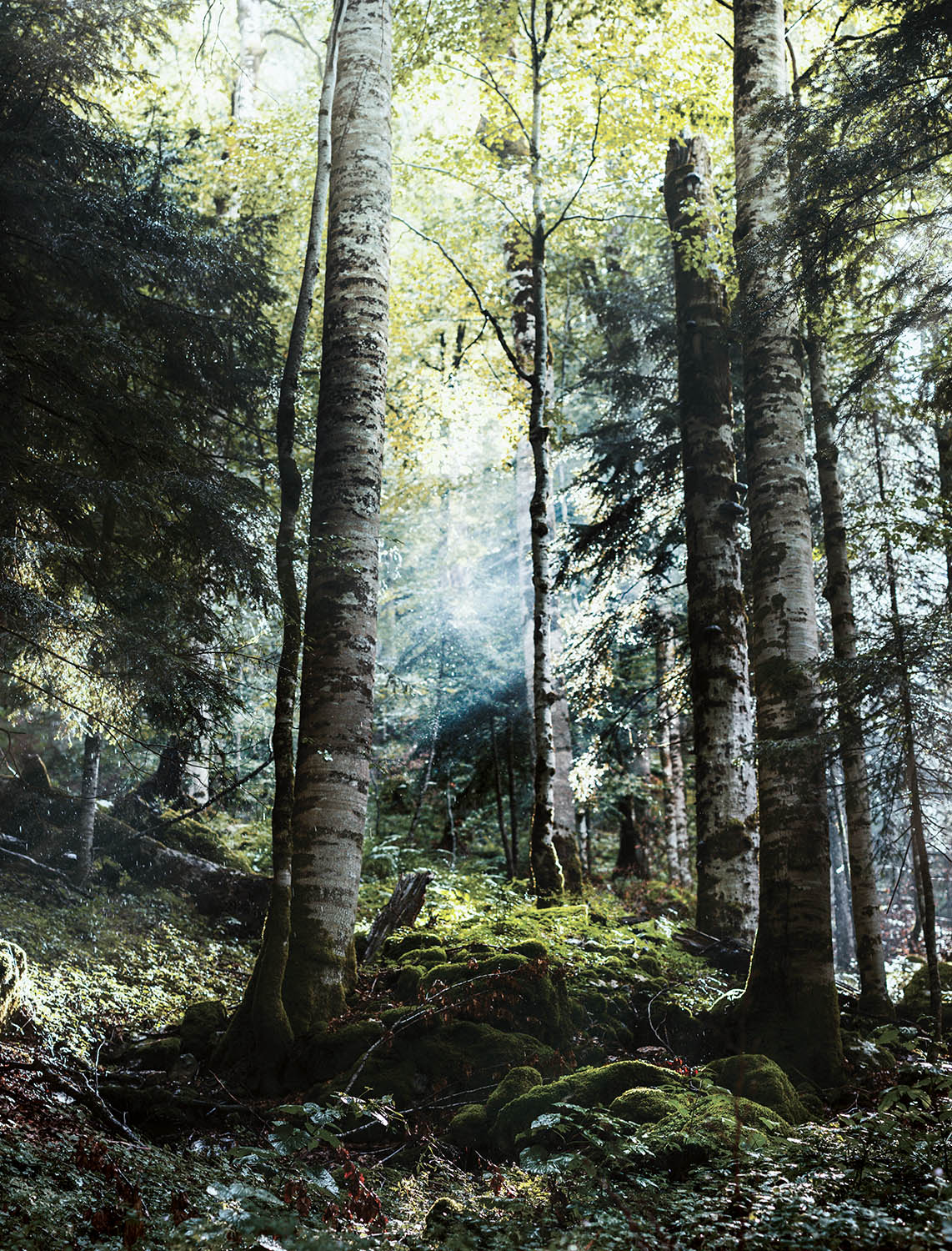
At its heart is Biogradsko Lake, a tranquil spot perfect for picnics, kayaking, or simply taking in the peaceful surroundings. The trails here are less strenuous, making it an excellent option for families or those looking for a more relaxed outdoor experience.
Practical Tip: Visit early in the morning to avoid the crowds and enjoy the forest when it’s at its most peaceful.
Lake Skadar
Lake Skadar, the largest lake in Southern Europe, straddles the border between Montenegro and Albania. It’s a haven for birdwatchers, with pelicans and other rare species often seen gliding across the water.
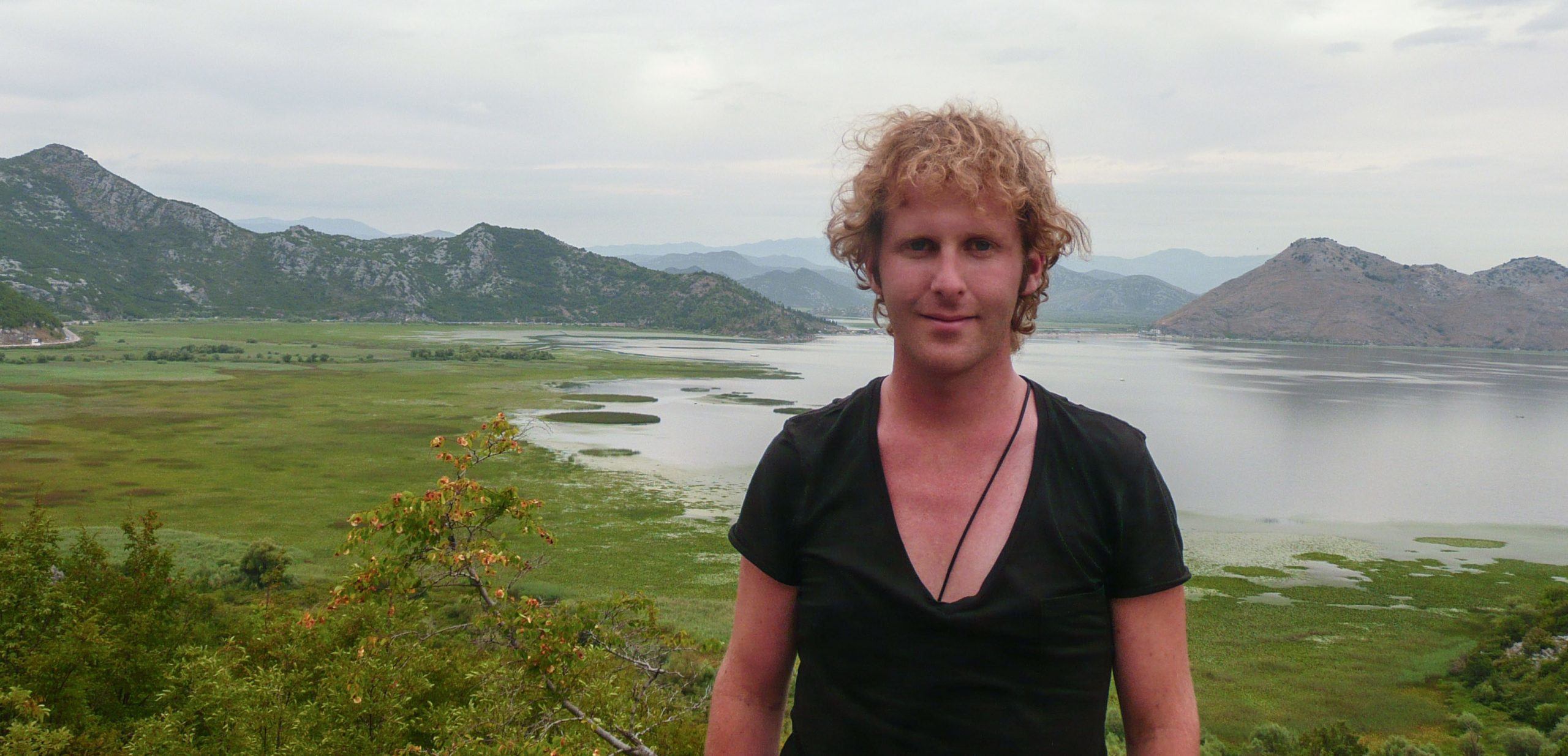
When I visited Lake Skadar, I met a lovely Russian couple en route, and we decided to explore together. We walked along the lake’s shores, taking in the peaceful scenery and chatting as we went.
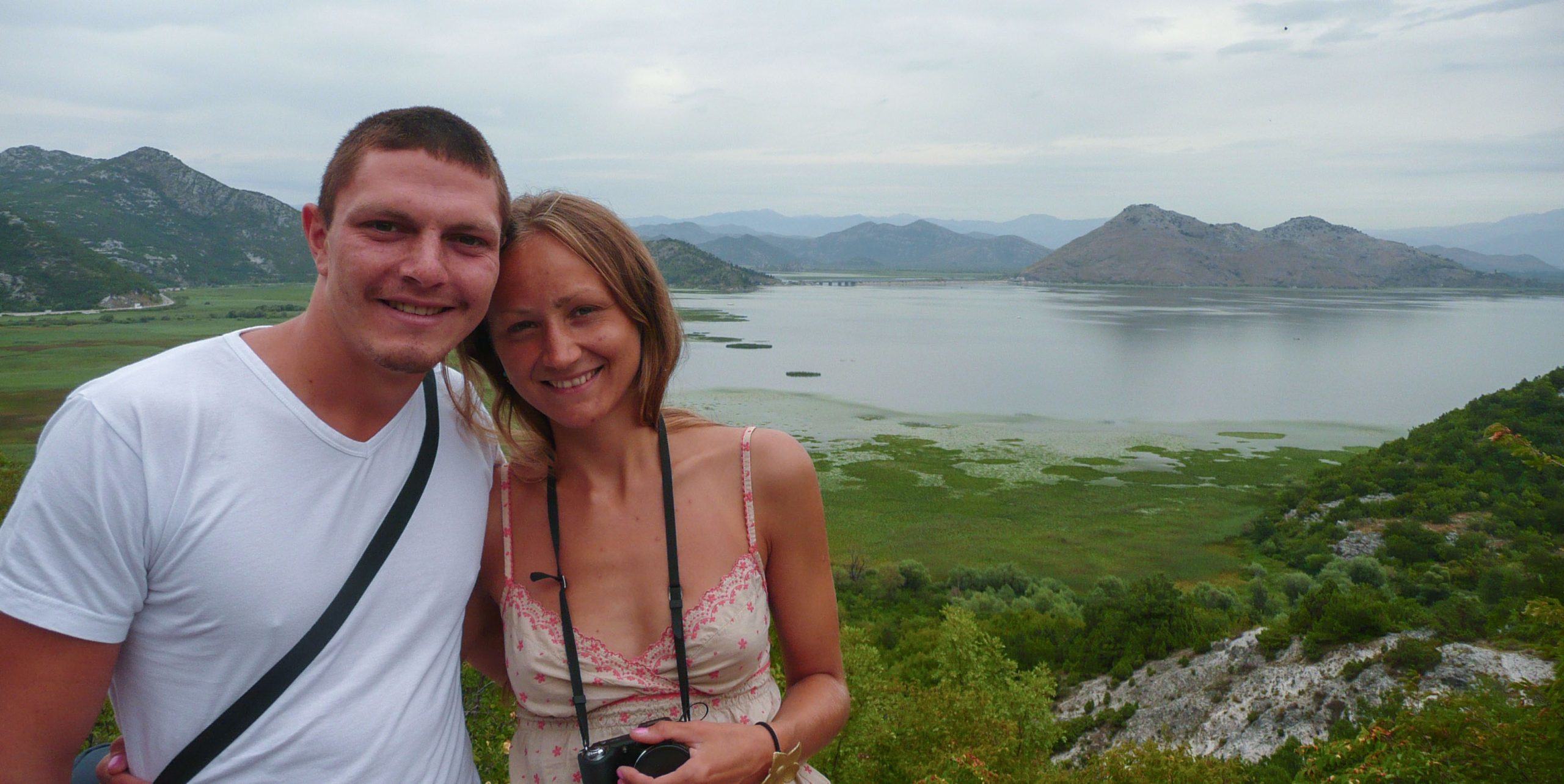
The lake has a way of slowing you down, making you lose track of time — something we learned firsthand. We ended up walking so far that time got away from us, and we had to hitchhike back to the main roads to return to Sveti Stefan. Thankfully, hitching a ride wasn’t difficult, and it added an unexpected twist to the day.
Exploring by boat is another incredible way to experience the lake. You’ll pass tiny islands, ancient monasteries, and remote fishing villages that feel like they belong to another time. For me, this is the kind of place that reminds you to slow down and appreciate the quieter moments.
Practical Tip: Look for a boat tour that includes stops at some of the islands, like Grmožur, often called "Montenegro's Alcatraz."
Prokletije Mountains (Accursed Mountains)
The Prokletije Mountains, often referred to as the “Accursed Mountains,” are Montenegro’s hidden gem for serious hikers. They’re not as well-known as Durmitor, but they offer an even wilder experience.
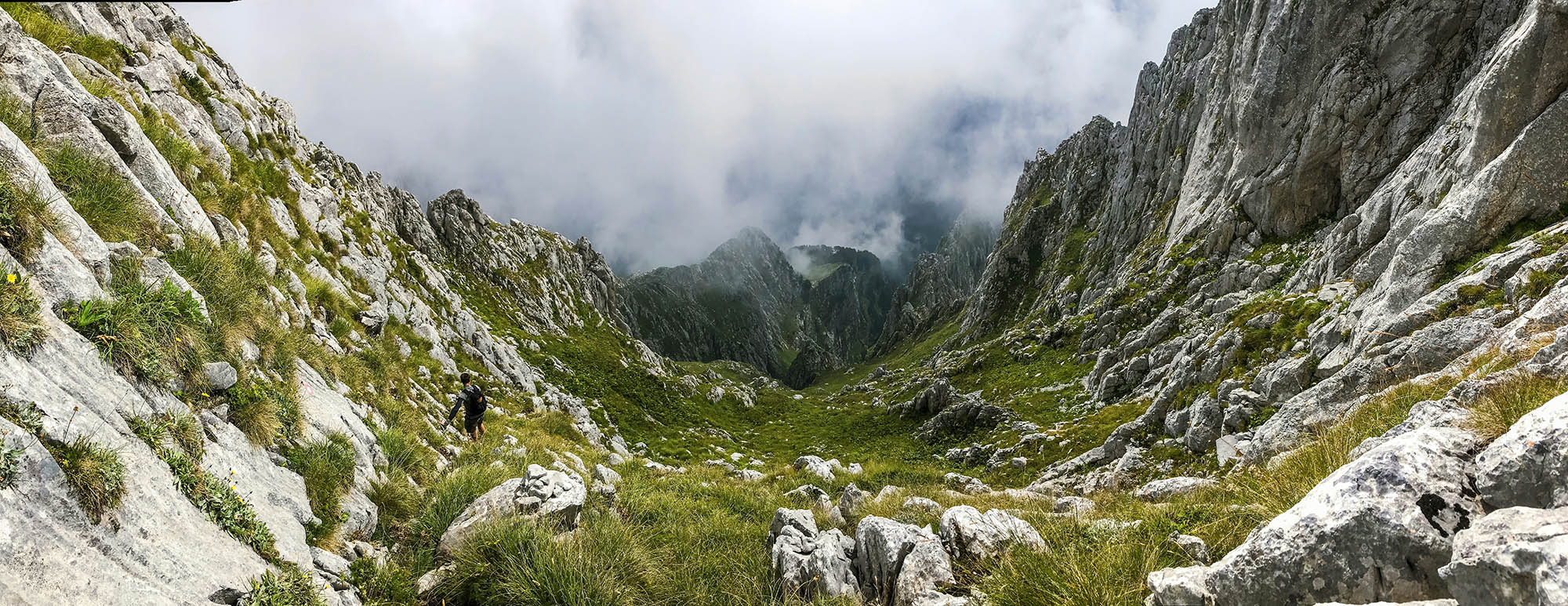
This is where you’ll find rugged peaks, remote trails, and an almost otherworldly sense of isolation. It’s not the easiest place to access, but for those willing to make the effort, the rewards are immense.
Practical Tip: The best way to explore this area is to plan ahead and hire a local guide if you’re tackling the more challenging trails.
2. Montenegro’s Coastline is Stunning
Montenegro’s coastline feels like a perfect blend of history, relaxation, and natural beauty.
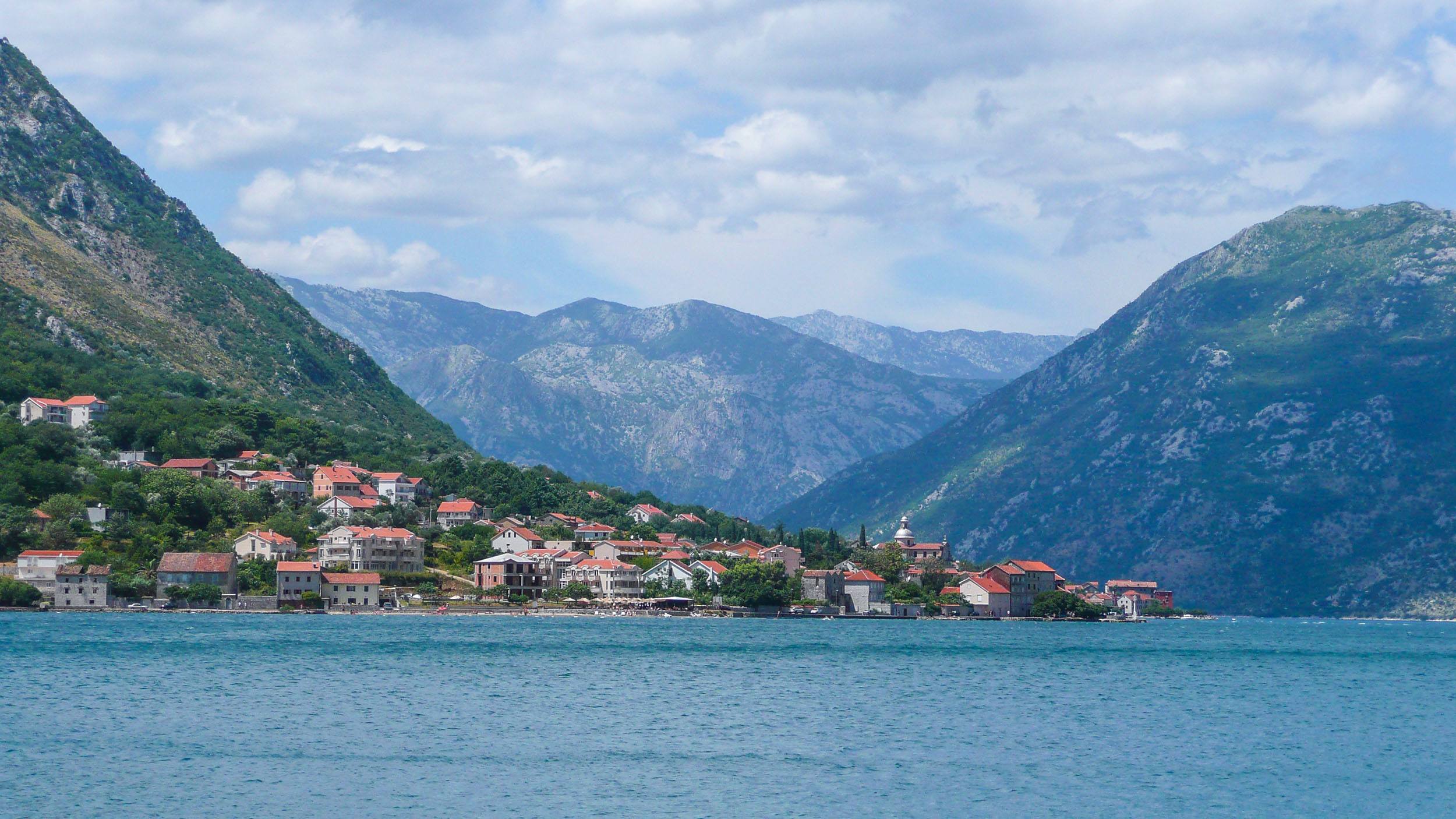
It’s not just about the beaches — it’s the atmosphere of the coastal towns, the Adriatic’s shimmering waters, and the way the mountains seem to dive straight into the sea.
Bay of Kotor
The Bay of Kotor is one of Montenegro’s most iconic destinations, and it’s easy to see why. With its fjord-like scenery and historic towns like Kotor and Perast, it’s a place that leaves a lasting impression.
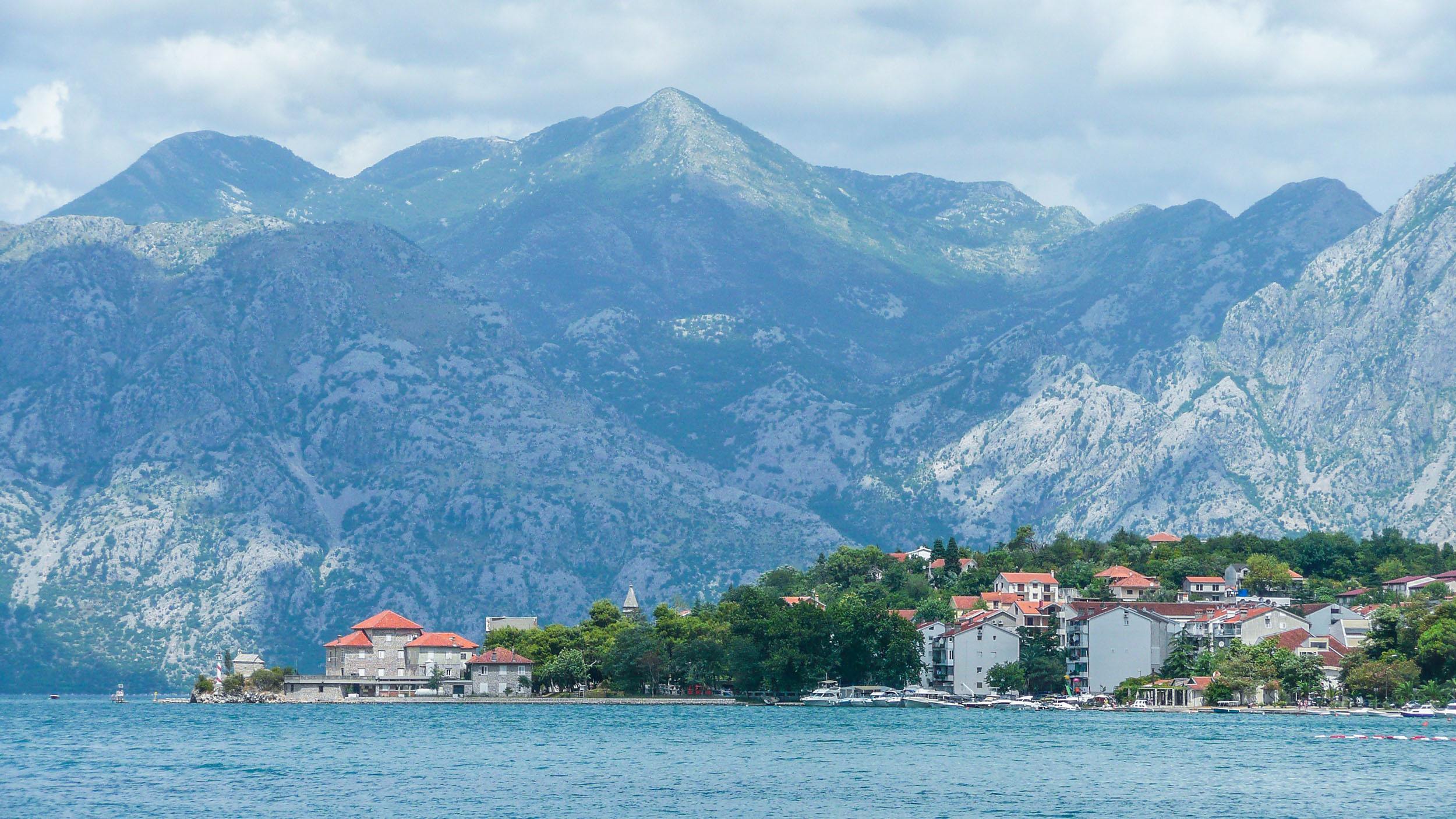
When I visited Kotor, the old town immediately drew me in. Its maze of narrow streets, lively squares, and medieval architecture felt like stepping back in time. The climb up to San Giovanni Fortress was a challenge, but the panoramic views over the bay made every step worth it.
If you have time, take a boat tour to Perast and visit the island of Our Lady of the Rocks. It’s small, but its history and setting in the middle of the bay make it unforgettable.
Budva Riviera
If Montenegro’s coastline has a beating heart, it’s the Budva Riviera. This stretch of the Adriatic is all about variety — golden beaches, rugged cliffs, and sparkling waters that change colour with the light.
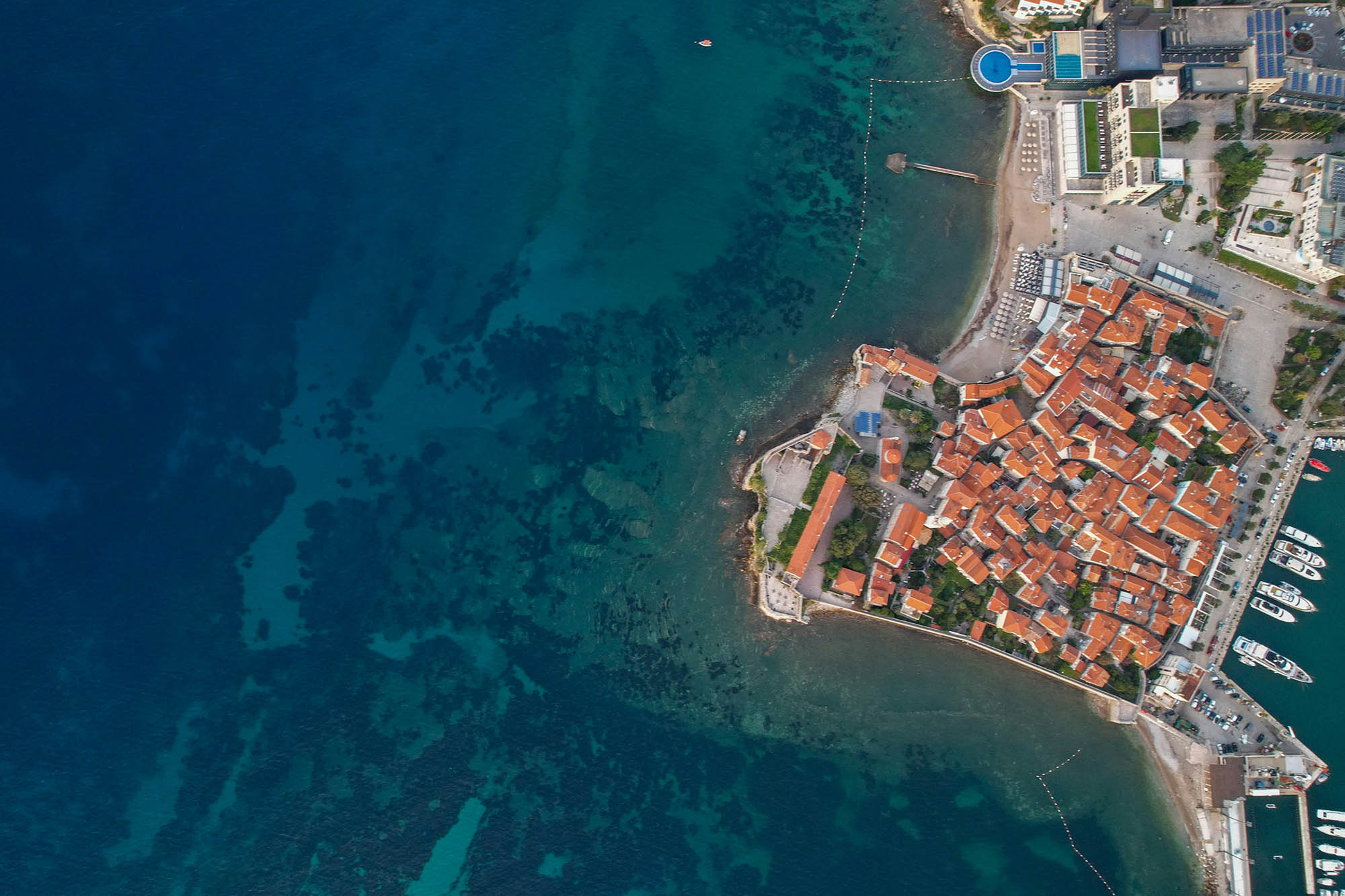
You might find yourself drawn more to the beaches than the bustling old town. From the lively sands of Slovenska Beach, where sun loungers stretch as far as the eye can see, to the quieter Mogren beaches hidden behind rocky pathways, there’s a spot for everyone.
For a more remote experience, head further down the coast to Jaz Beach, a wide crescent of sand that feels worlds away from Budva’s energy.
What makes the Riviera special is how the coastline feels so alive. Fishing boats dot the waters, locals stroll along the promenades, and the salty breeze carries the sounds of laughter and waves. It’s the kind of place where you can switch off and let the rhythm of the sea set your pace.
Practical Tip: For the best beach experience, aim for the early morning or late afternoon when the sun isn’t at its peak, and the light turns everything golden.
Sveti Stefan
Sveti Stefan might just be the face of Montenegro’s coastline. This tiny islet, connected to the mainland by a narrow causeway, is the kind of place that stops you in your tracks. With its terracotta rooftops, ancient stone walls, and the Adriatic shimmering all around, it’s no wonder this spot graces postcards and guidebooks.
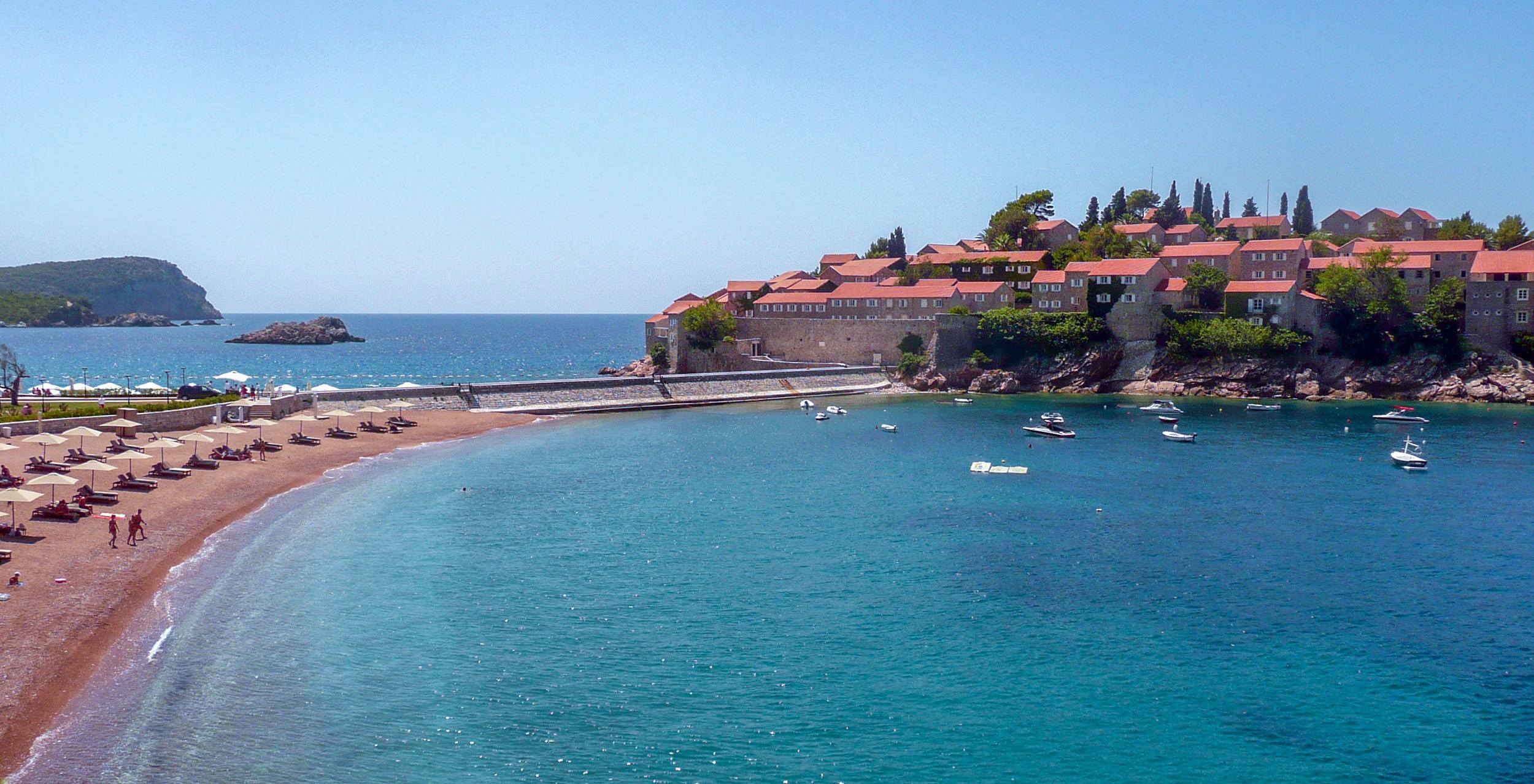
I didn’t stay at the exclusive resort that dominates the island — I’m not made of money — but I found my own way to enjoy it. I stayed at a budget place up the hill with a balcony that offered views I still think about. Waking up to that scene, with the sea stretching out endlessly, felt like I’d struck a jackpot no luxury room could beat.
During the day, I wandered down to the beach, soaked in the atmosphere, and took photos from every angle I could find. Walking along the water, it struck me that Sveti Stefan isn’t just beautiful — it’s iconic, yet somehow understated.
Practical Tip: You don’t need to splash out to enjoy Sveti Stefan. Head to the public beach nearby for a view just as stunning, and time your visit for the early morning or golden hour to avoid crowds and capture incredible photos.
Ulcinj and Velika Plaža
While I didn’t make it to Ulcinj, it’s known for its relaxed vibe and Montenegro’s longest beach, Velika Plaža.
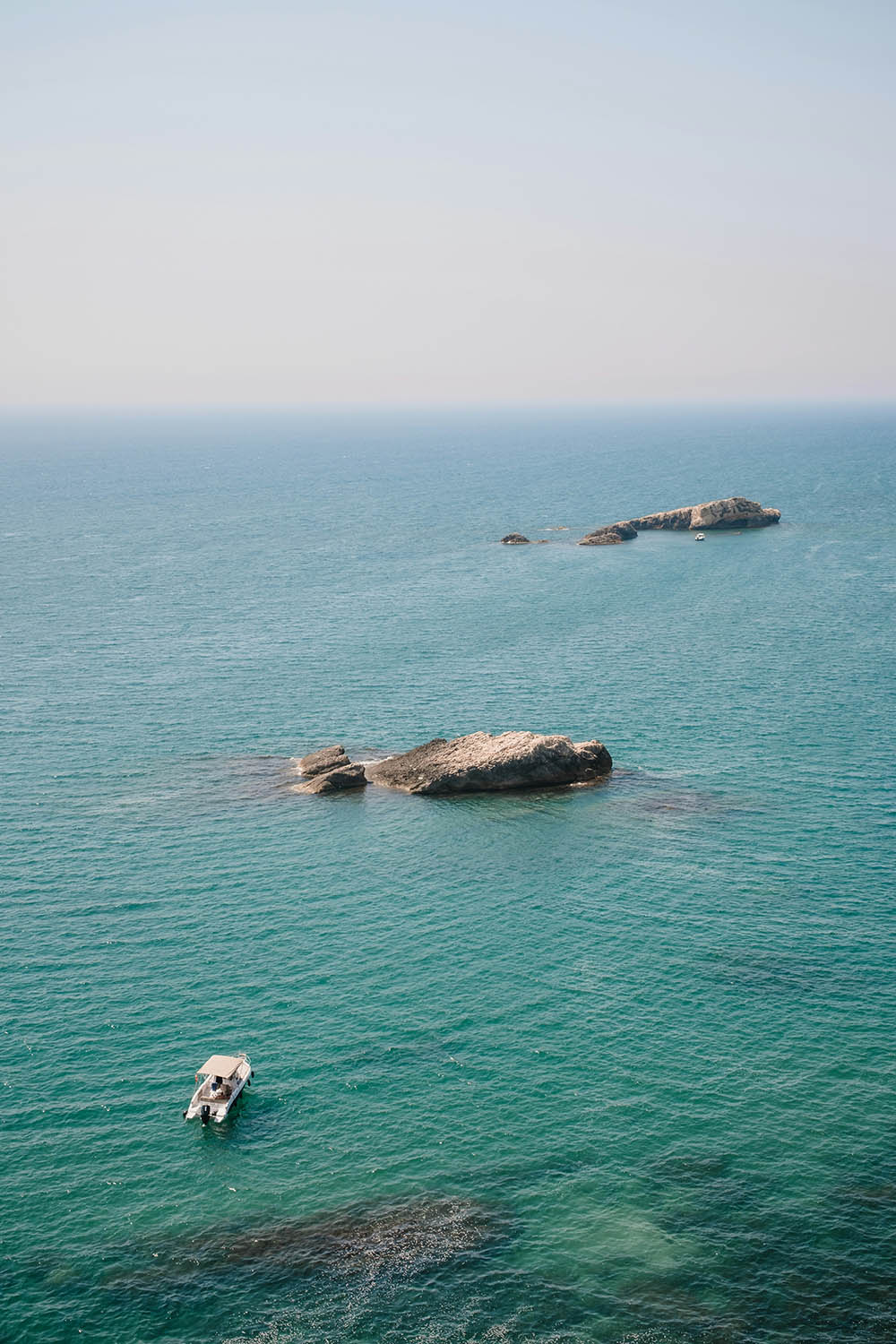
This stretch of sand is perfect for kite surfing or simply unwinding away from the busier northern towns.
Practical Tip: If you’re into water sports, Velika Plaža is one of the best places in Montenegro for kite surfing, thanks to its consistent winds and shallow waters.
3. Montenegro’s History is Fascinating
For history enthusiasts asking, "Is Montenegro worth visiting?" the country’s layered past offers compelling reasons.
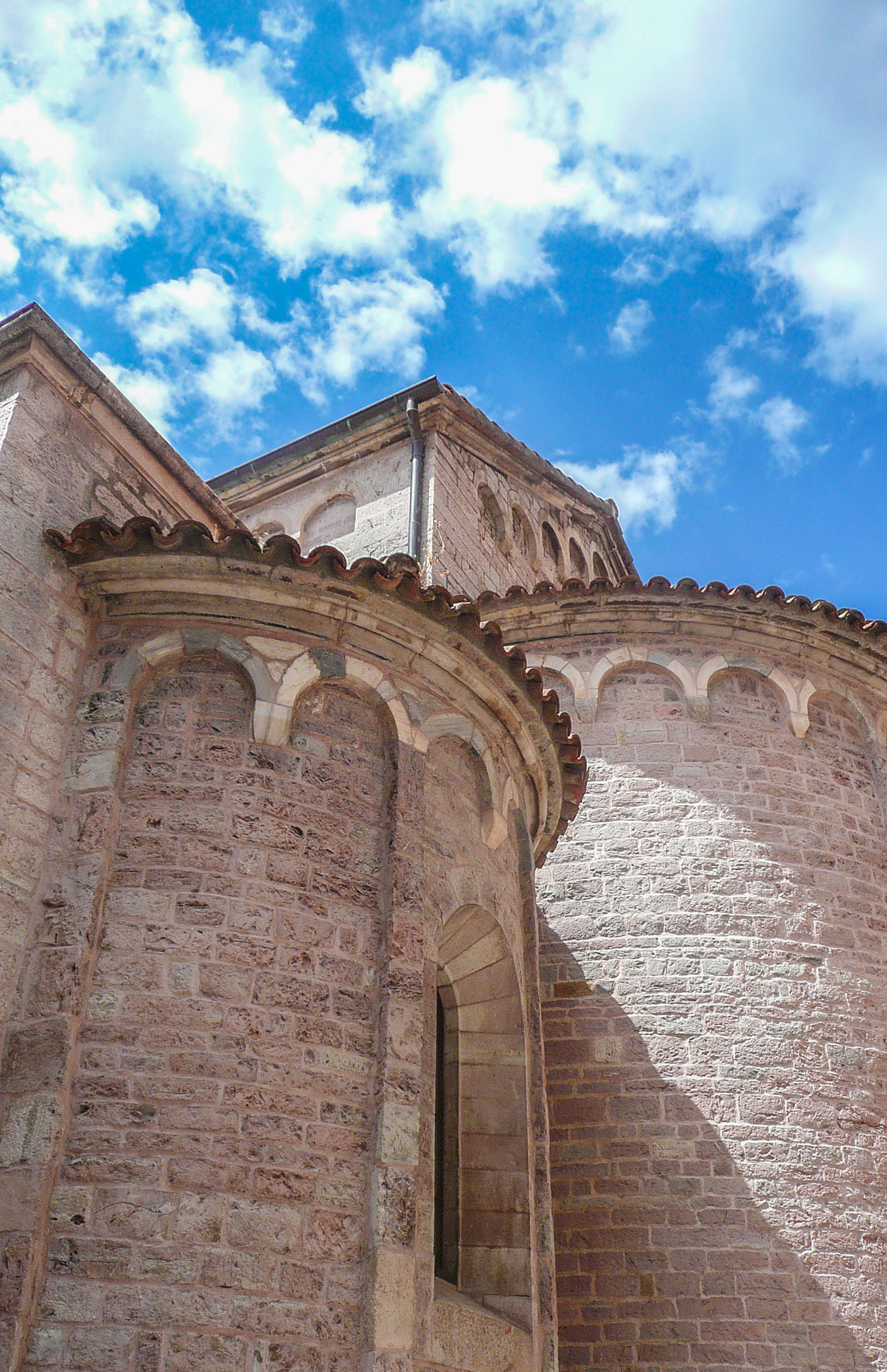
Montenegro’s small size belies its rich and layered history. From ancient ruins to grand monasteries and fortified towns, the country’s past feels alive in every corner you visit.
Kotor Old Town
Kotor Old Town is like walking into a living museum. Its Venetian architecture, cobblestone streets, and hidden courtyards feel like something out of a historical novel.
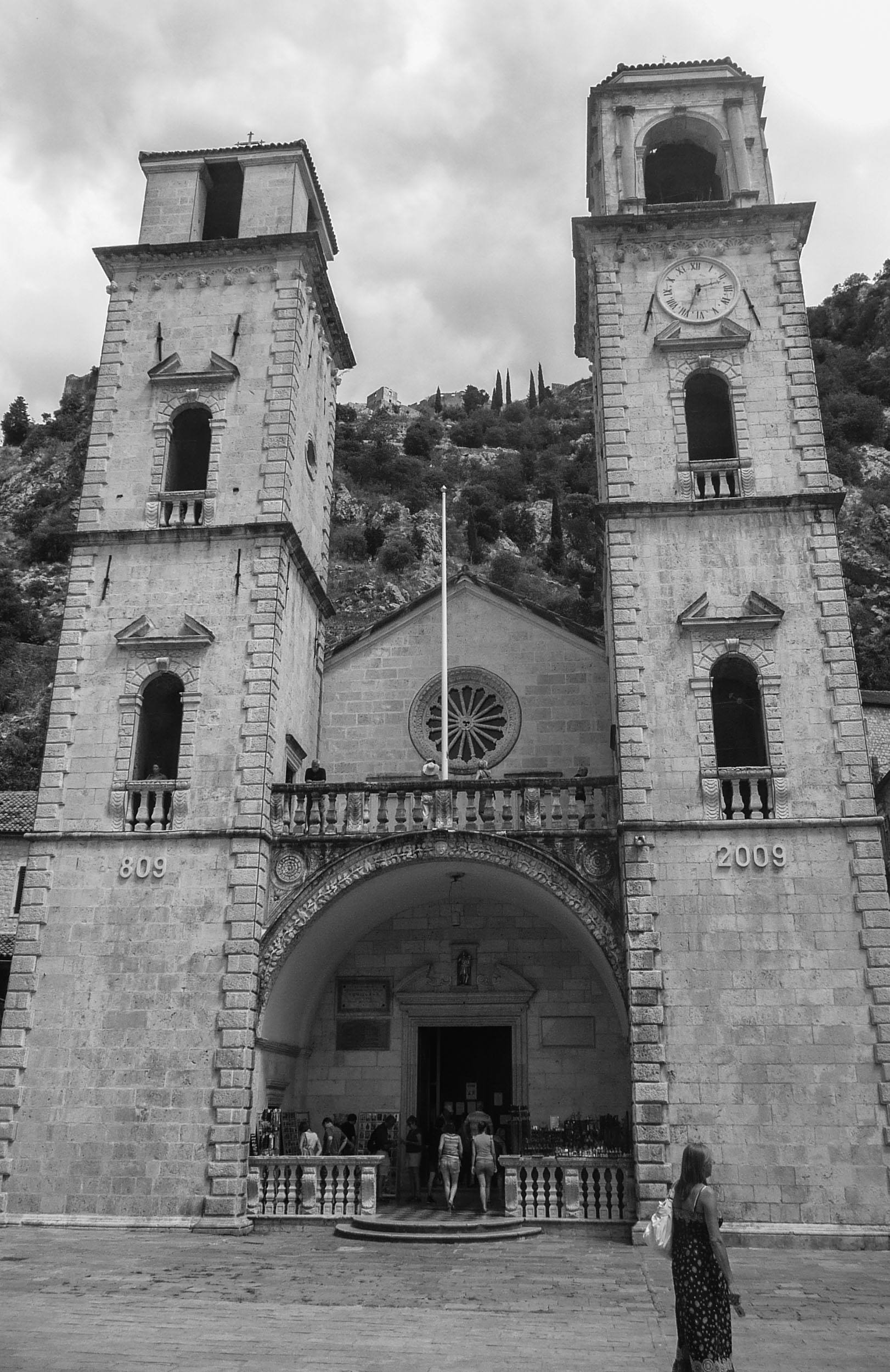
When I explored Kotor, the highlight wasn’t just the sights — it was the atmosphere. Every narrow alley seemed to lead to a discovery, whether it was a centuries-old church, a bustling café, or a quiet square with an unexpected view.
But the real adventure was the climb to San Giovanni Fortress. The trek was steep and sweaty, but reaching the top made it all worthwhile. The view over the Bay of Kotor, with its dramatic mountains and still waters, was one of those moments where you just stop and take it all in.
Practical Tip: Start your hike to the fortress early in the morning or late afternoon to avoid the heat and crowds. Bring water — it’s a workout!
Ostrog Monastery
Visiting Ostrog Monastery was an experience. This stunning Serbian Orthodox monastery is carved into a sheer cliffside, making it both a feat of engineering and a place of deep spirituality.
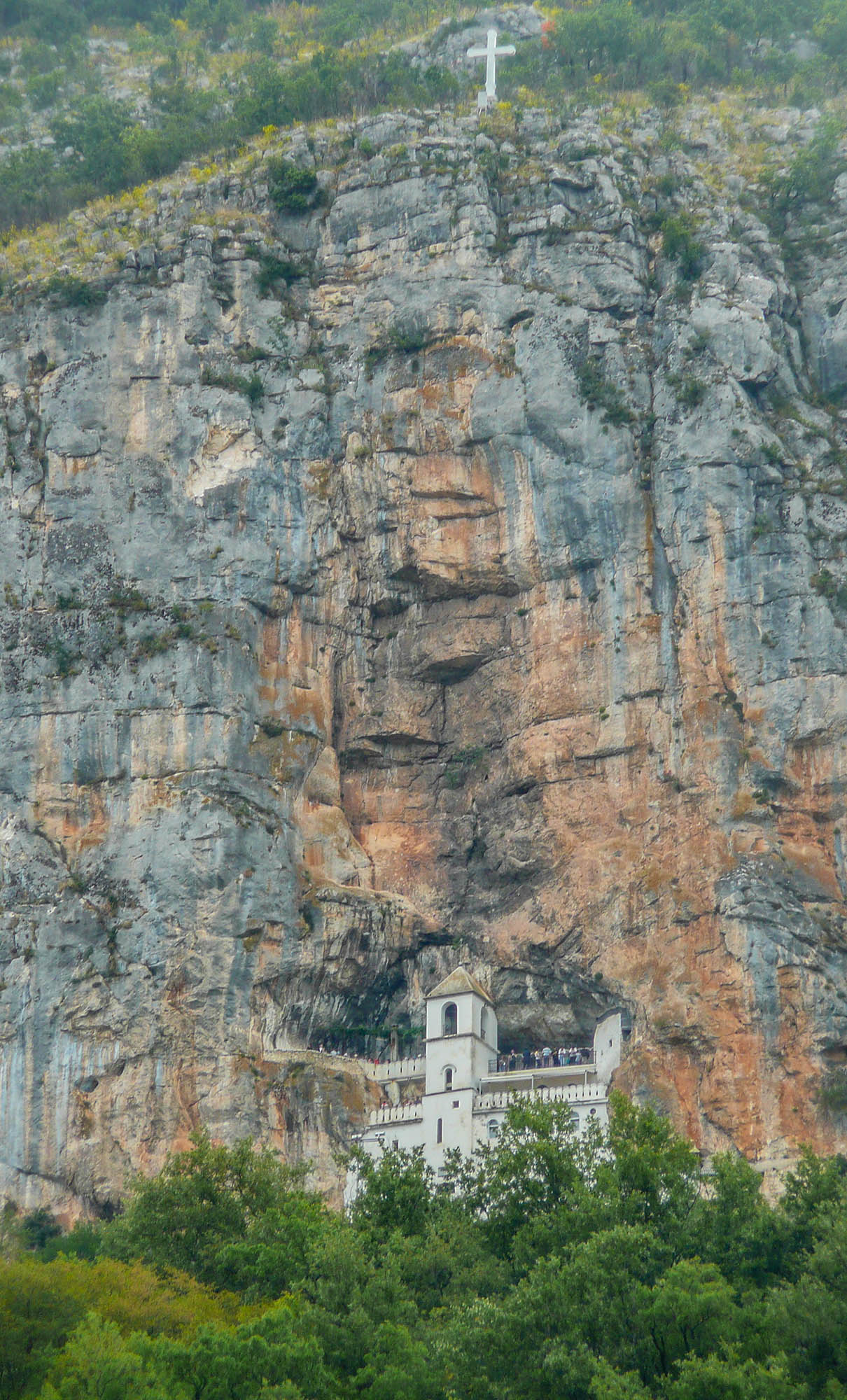
I remember standing in awe at the sight of it, wondering how something so extraordinary could have been built centuries ago.
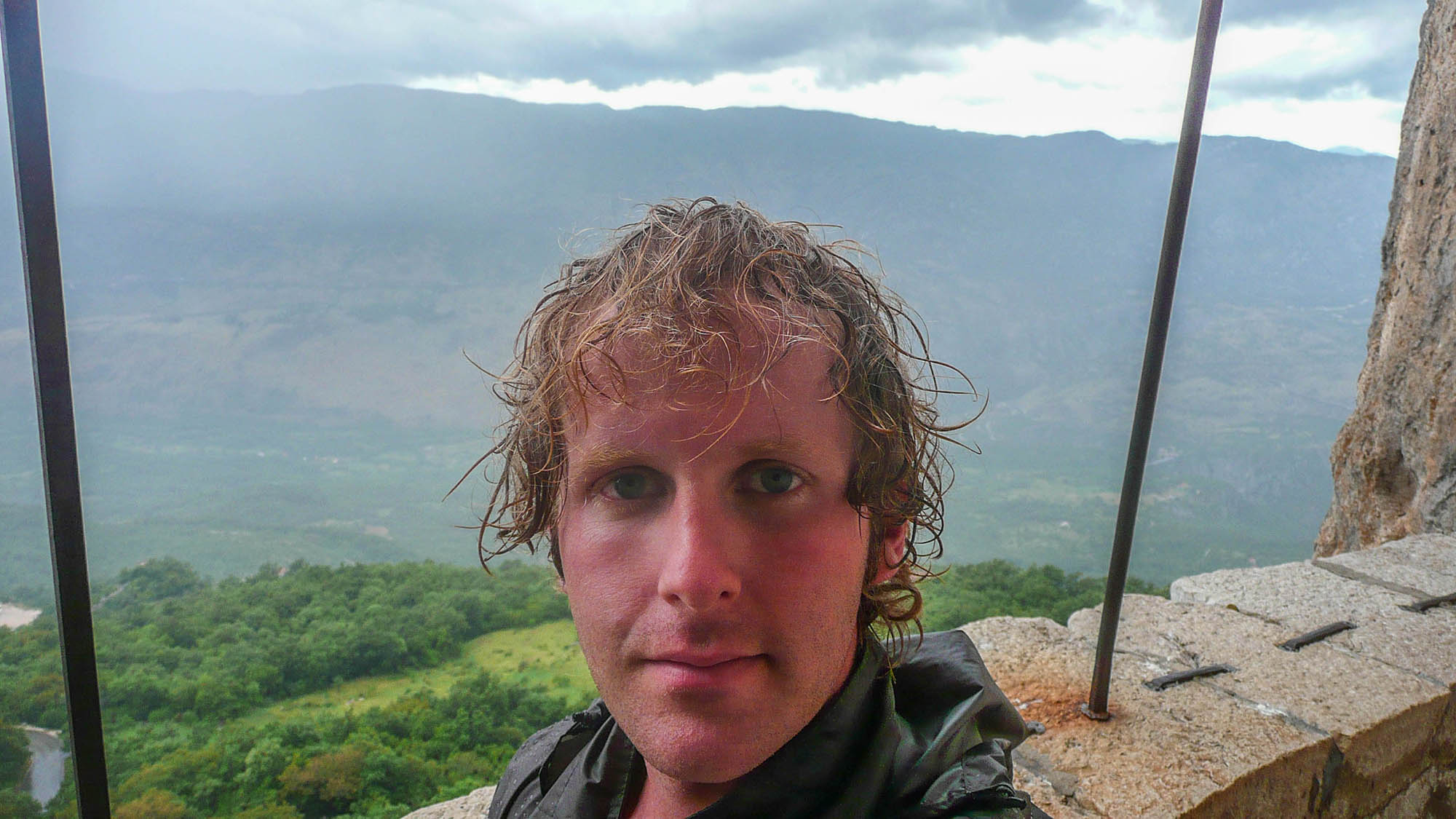
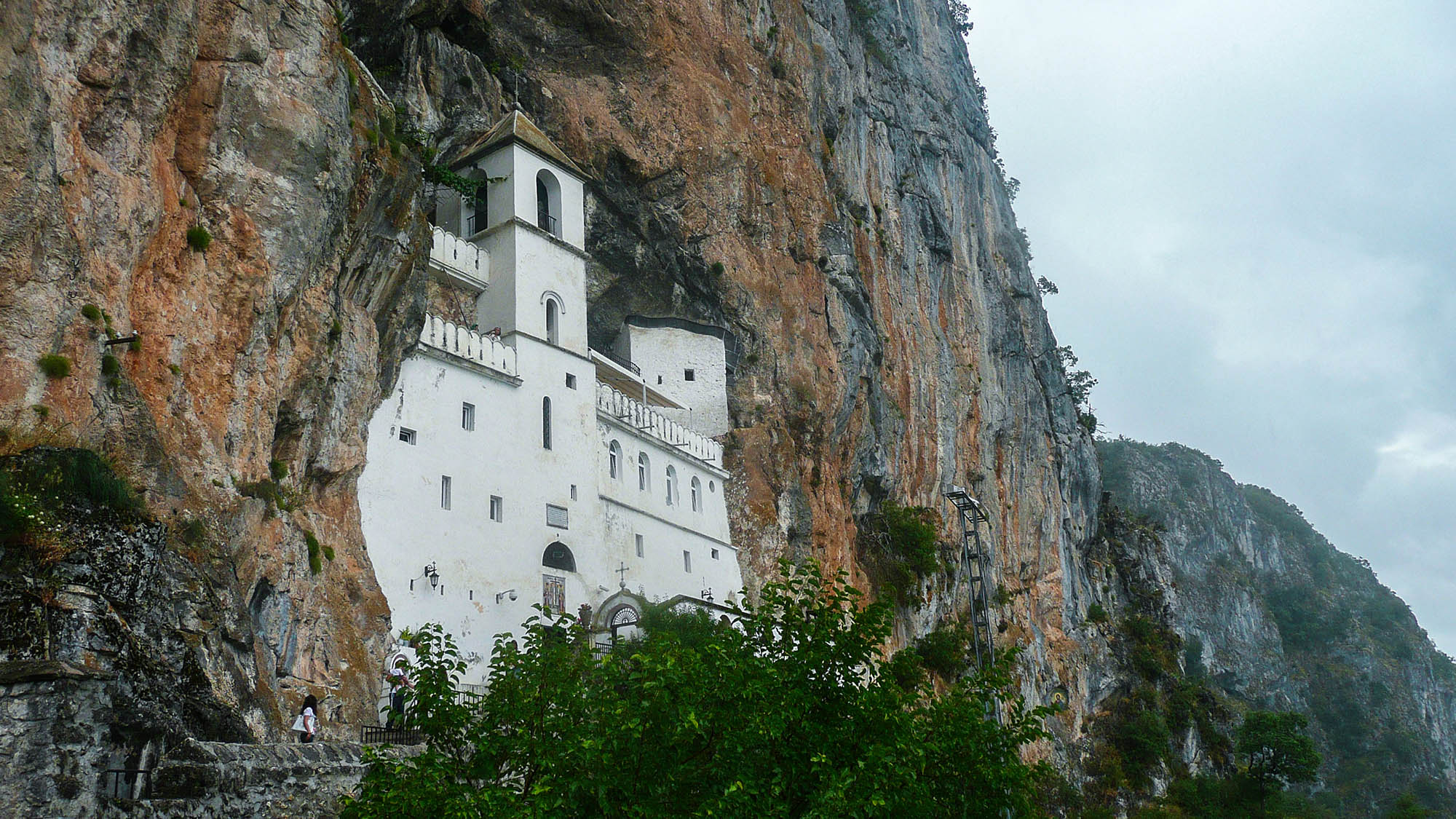
The atmosphere at Ostrog is quiet but powerful, with pilgrims lighting candles and visitors speaking in hushed tones. It felt like a moment of reflection.
Practical Tip: Wear comfortable shoes as there’s a bit of walking involved to reach the monastery. It’s also a good idea to dress modestly, as it’s a religious site.
Stari Bar and Its Ruins
Stari Bar is like stepping into a forgotten world. Tucked into the mountains near modern-day Bar, this ancient town is a blend of crumbling ruins and wild nature reclaiming its space. Walking through the narrow pathways, you will feel the weight of history — Ottoman, Venetian, and more — all layered together in the stone walls and arches.
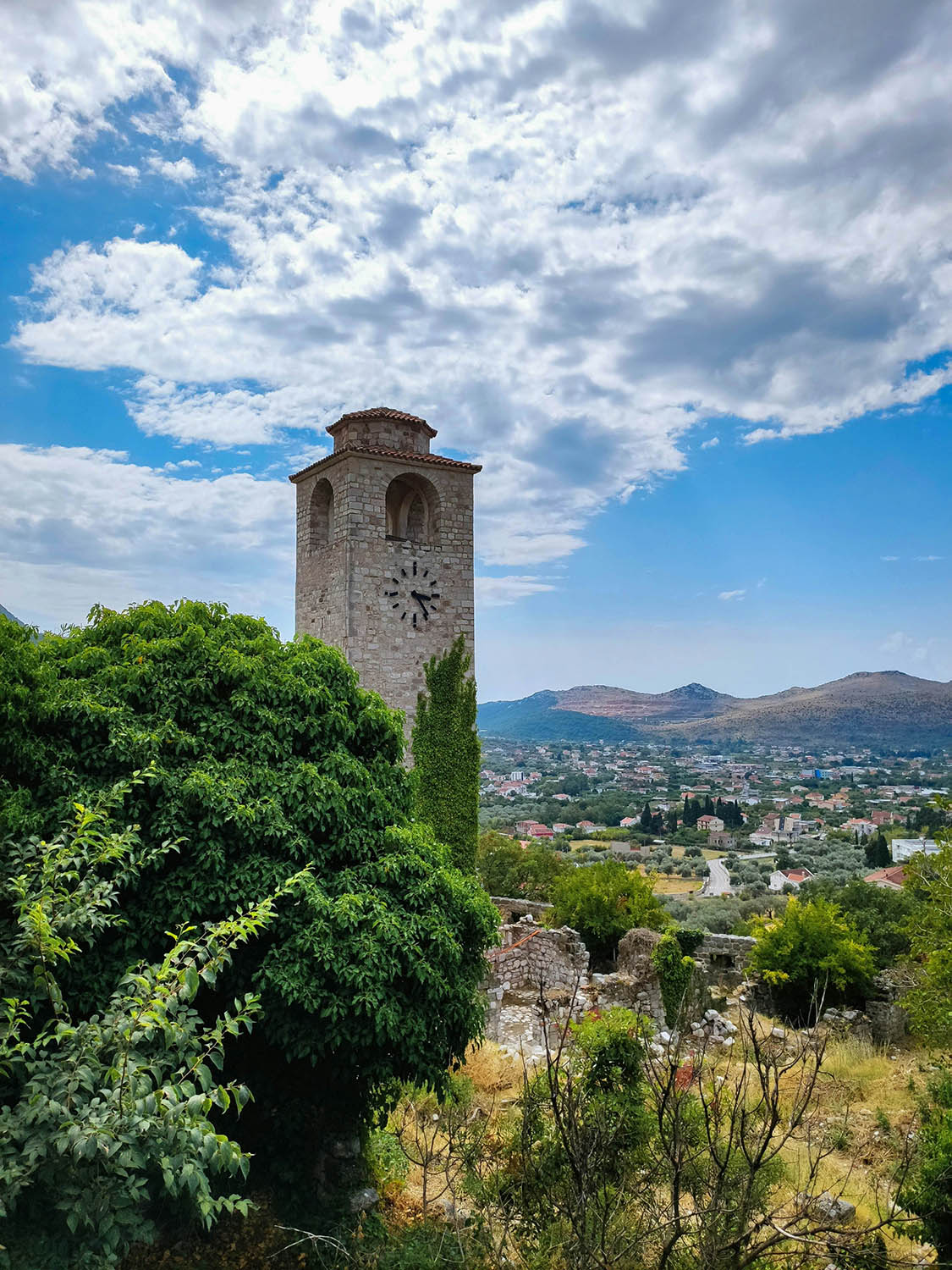
The silence of the site is one of the things most appreciate. It's not crowded or overrun, which gives you time to really absorb the surroundings. And the views of the nearby mountains from the ruins are the perfect reminder of Montenegro’s connection between nature and history.
Practical Tip: Bring a camera and take your time exploring — there’s a lot to see, and it’s easy to miss details if you rush.
Cetinje (The Old Royal Capital)
I didn’t make it to Cetinje, but it’s known as the cultural heart of Montenegro.
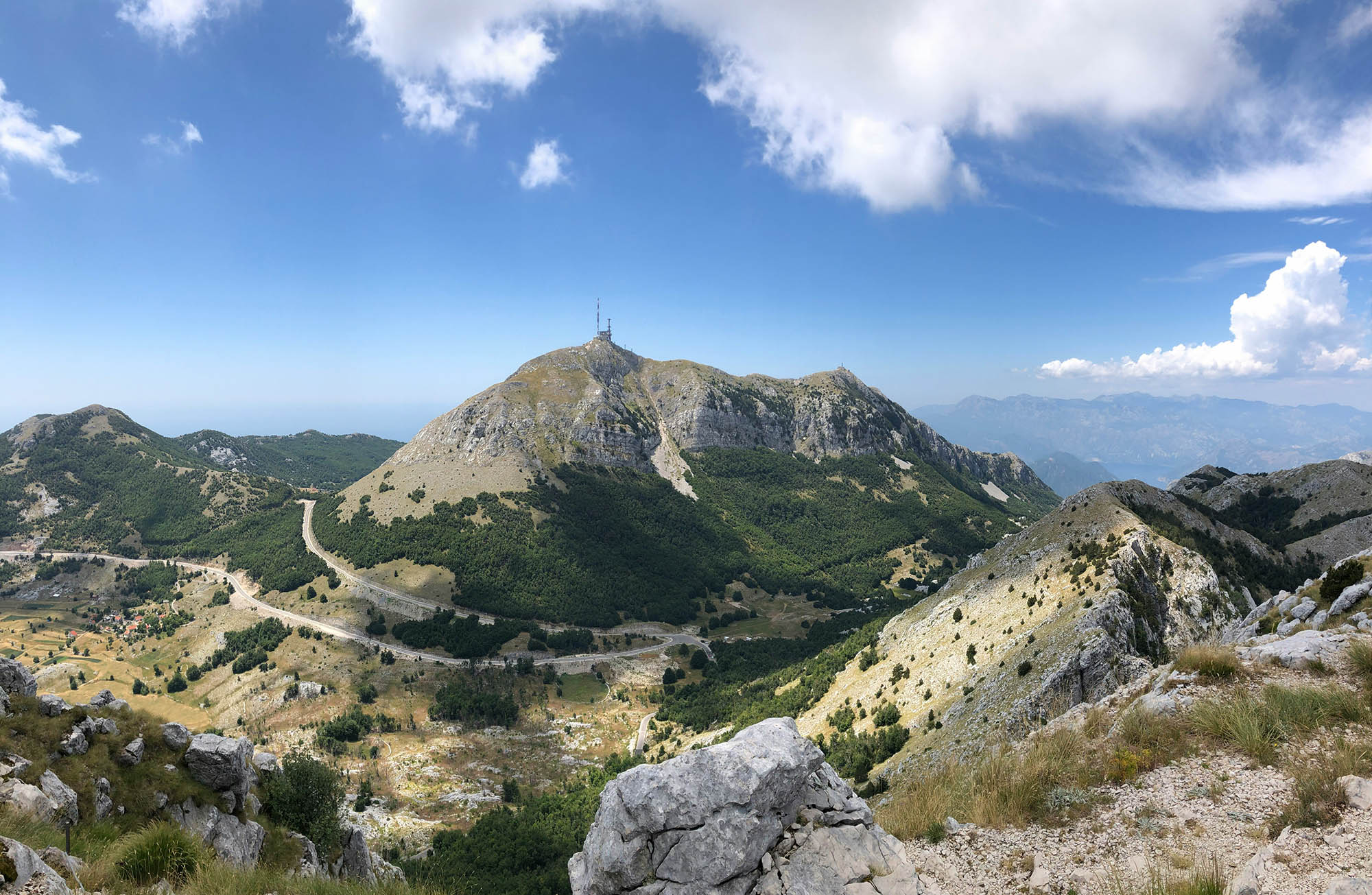
The town is home to historic palaces, museums, and Montenegro’s old royal residences, offering visitors a deeper dive into the country’s history.
Practical Tip: Combine a visit to Cetinje with a drive along the scenic Lovćen Road for stunning views and a trip to the Njegoš Mausoleum.
4. Montenegrins are Warm and Welcoming
If you’re still wondering, "Is Montenegro worth visiting?" the kindness of its people might convince you.
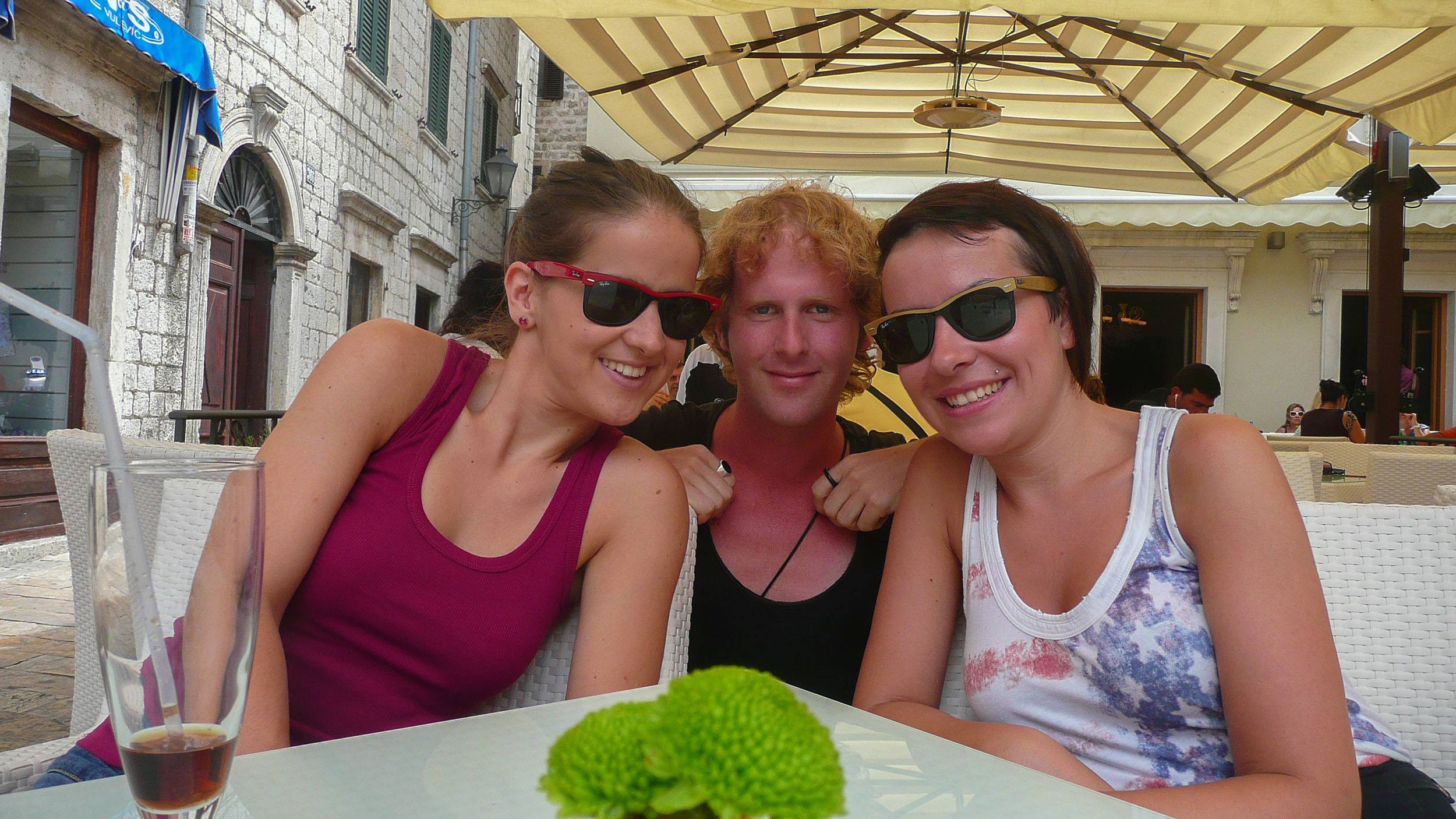
Montenegrins have a reputation for their hospitality, and it’s a reputation that holds true. Rooted in the tradition of Čojstvo i Junaštvo — humanity and bravery — kindness and generosity are deeply ingrained in their culture. As a visitor, you’ll quickly notice how easy it is to connect with locals, whether through a shared meal, a simple conversation, or an unexpected adventure.
A Culture of Hospitality
I first experienced Montenegrin hospitality on the ferry from Bari, Italy, to Montenegro. I met two lovely Montenegrin women who, like me, had been living in Italy. We swapped stories during the trip, and they invited me to meet up if I ever made it to Kotor.
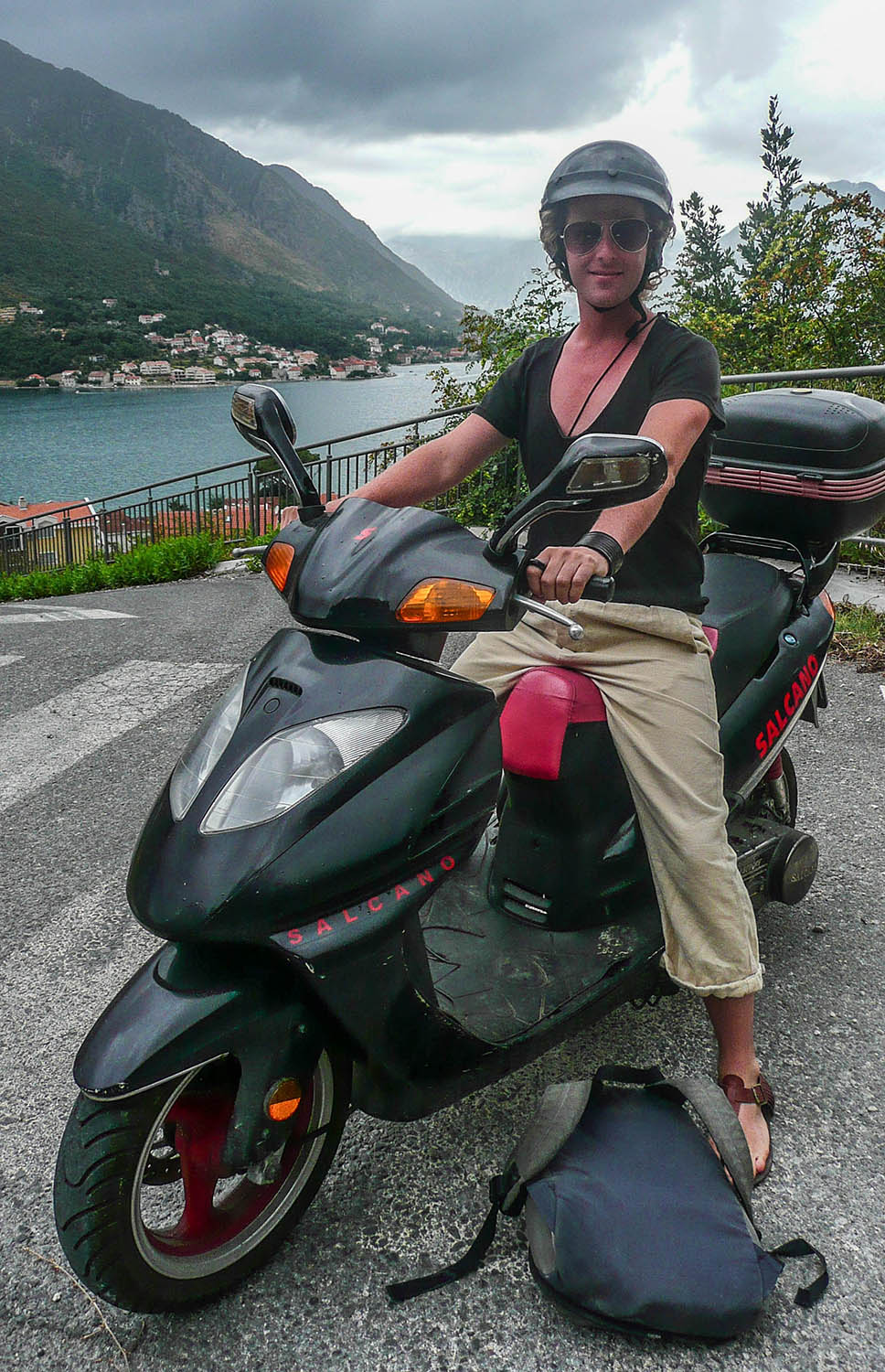
When I arrived in Kotor, they kept their word. They not only showed me around but also zipped me through town on their scooter, introducing me to local spots I would have never discovered on my own.
One of the highlights was meeting one of their grandmothers, who welcomed me into her home with a smile and a delicious homemade cake. It wasn’t just the hospitality — it was the way they treated me like family, even though we’d just met.

Montenegrins have a unique way of making you feel at home. Whether it’s sharing their food, guiding you to their favourite places, or just swapping stories, their warmth is unforgettable.
Practical Tips for Engaging with Locals
If you want to make the most of your time with Montenegrins, start with small efforts to connect.
- Learn a few basic Montenegrin phrases, like Hvala (thank you) or Dobar dan (good day). Even a simple attempt to speak the language is appreciated and can open up opportunities for deeper interactions.
- Say yes to invitations. Whether it’s a coffee, a meal, or a ride, Montenegrins take pride in sharing their culture with visitors.
- Be open to spontaneity. Some of the best moments I had were unplanned, like that cake at the grandmother’s house or exploring Kotor on the back of a scooter.
Montenegro is a place where connections happen, where the people make your trip as memorable as the landscapes.
5. The Food is Delicious
Montenegro’s cuisine is a reflection of its geography — a perfect blend of Mediterranean flavours from the coast and hearty mountain dishes from the interior.
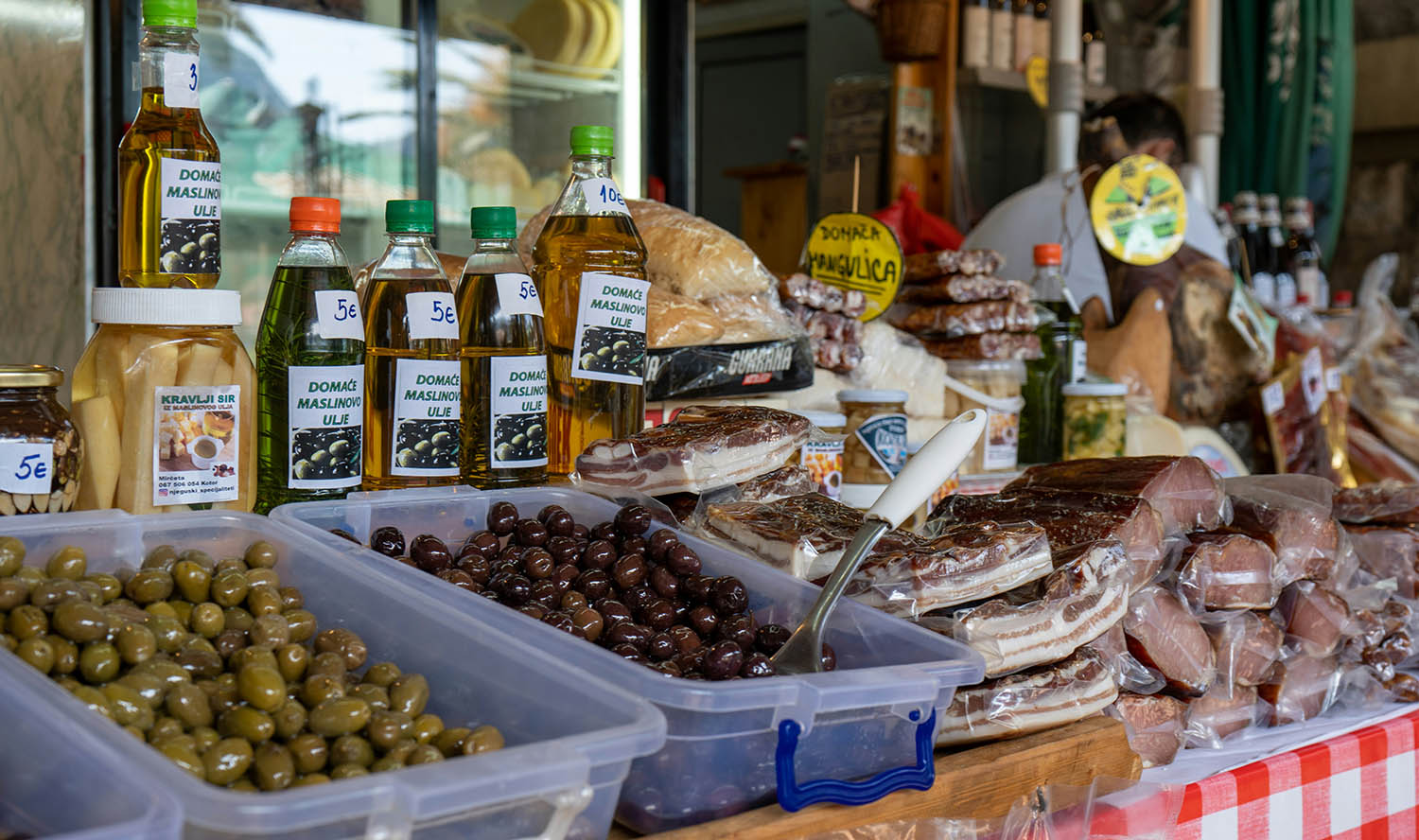
Whether you’re dining seaside or in a rustic village, the food here is fresh, flavourful, and satisfying.
Coastal Cuisine
On the coast, seafood is king. Think freshly caught fish, octopus, and mussels prepared simply but expertly. One standout dish I tried was black risotto, made with cuttlefish ink — it was as rich as it was unique.
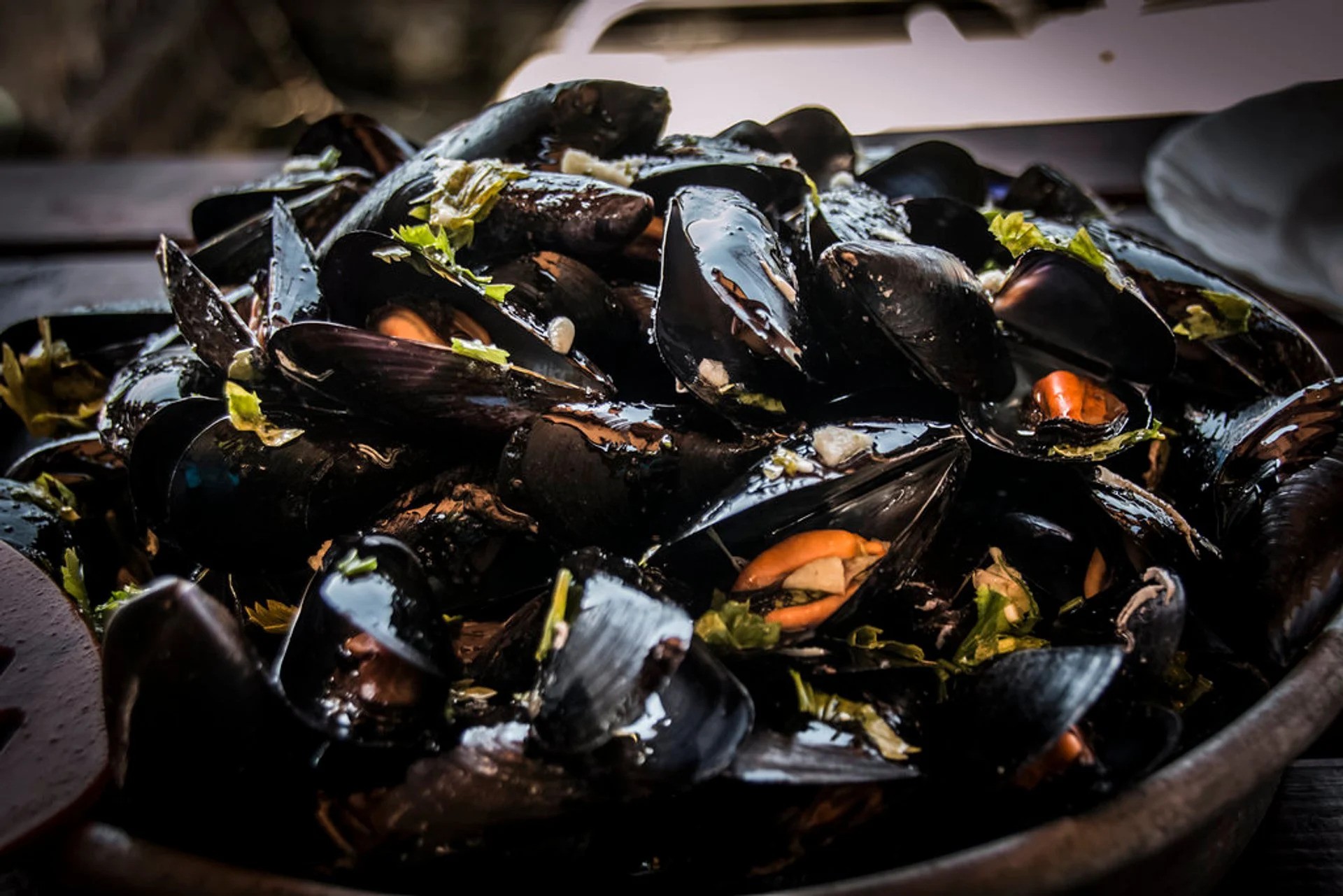
Local konobas (family-run restaurants) are where you’ll find the best coastal dishes. These places have a charm that chain restaurants can’t replicate, offering food made with love and recipes passed down through generations. Even if seafood isn’t your thing, you’ll find plenty of options, from grilled meats to hearty vegetable dishes.
Practical Tip: If you see a daily special (dnevni meni), go for it. It’s often the freshest and best value meal on the menu.
Mountain Specialties
In the mountains, the cuisine takes on a heartier character. While I didn’t try everything, dishes like kacamak — a comforting mix of potatoes, cornmeal, and cheese — are famous in these regions. Another staple is njeguški pršut (smoked prosciutto), often served with local cheeses and bread.

These foods are a connection to the mountain way of life, where meals are designed to fuel a day’s hard work. If you’re exploring the Durmitor or Prokletije areas, make sure to seek out these specialties.
Wine and Rakija
Montenegrins take pride in their drinks as much as their food. Rakija, a potent fruit brandy, is an essential part of hospitality here. Try a homemade version — it’s likely to be fiery yet smooth.

Montenegro’s wine scene is also worth exploring, particularly the Vranac variety, which is bold and full-bodied. Whether you’re enjoying a glass by the coast or at a vineyard in the countryside, the local wine adds an extra layer to the dining experience.
Practical Tip: Look for wineries offering tours and tastings — it’s a great way to learn about Montenegro’s wine culture while sampling some of the best bottles.
6. Adventure Opportunities Abound
Montenegro is an outdoor enthusiast’s dream, offering a variety of activities that showcase the country’s natural beauty and rugged landscapes.
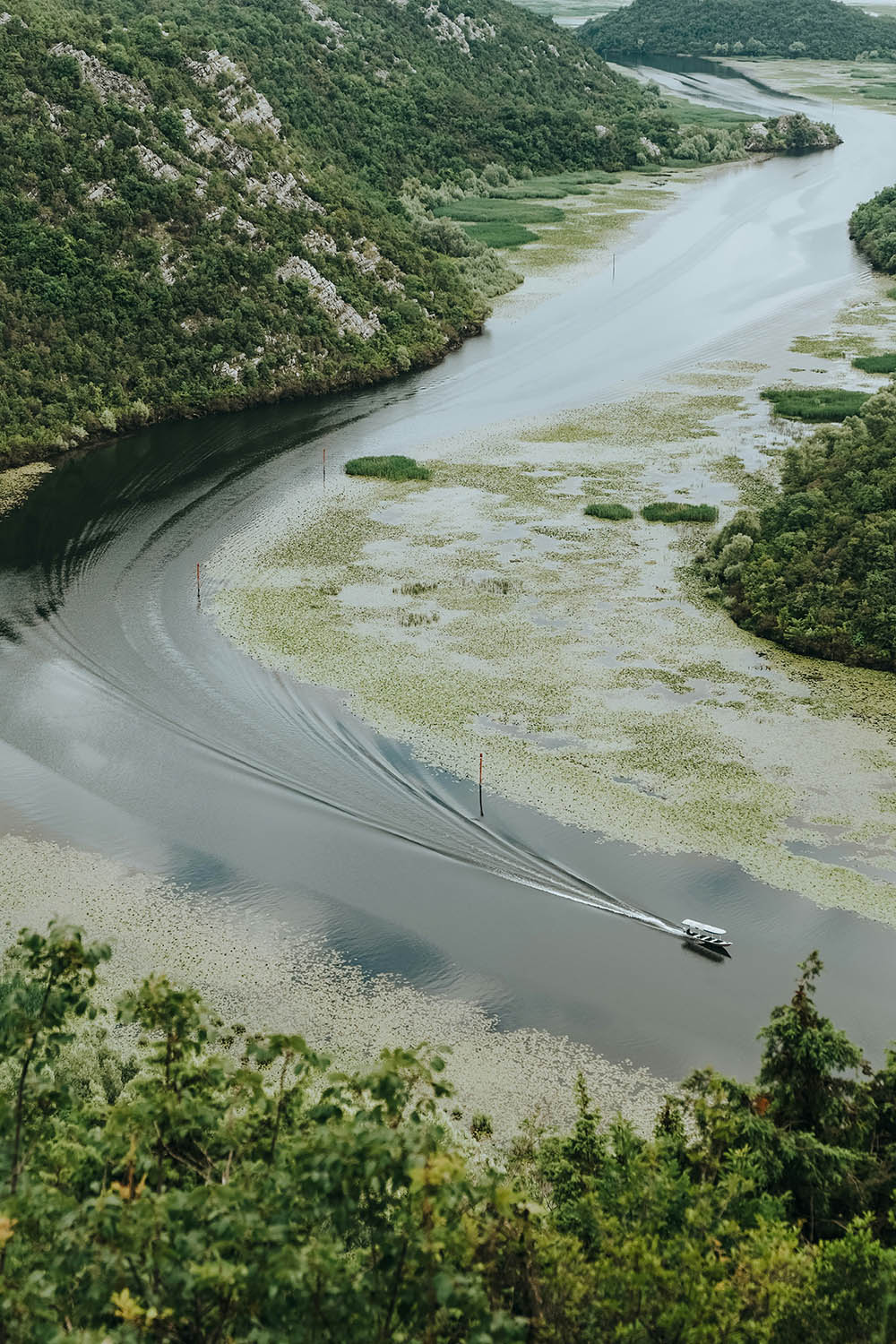
Whether you’re looking for an adrenaline rush or a peaceful escape into nature, you’ll find plenty to keep you active and inspired.
White-Water Rafting on the Tara River
The Tara River Canyon, Europe’s deepest canyon, is the ultimate destination for white-water rafting.
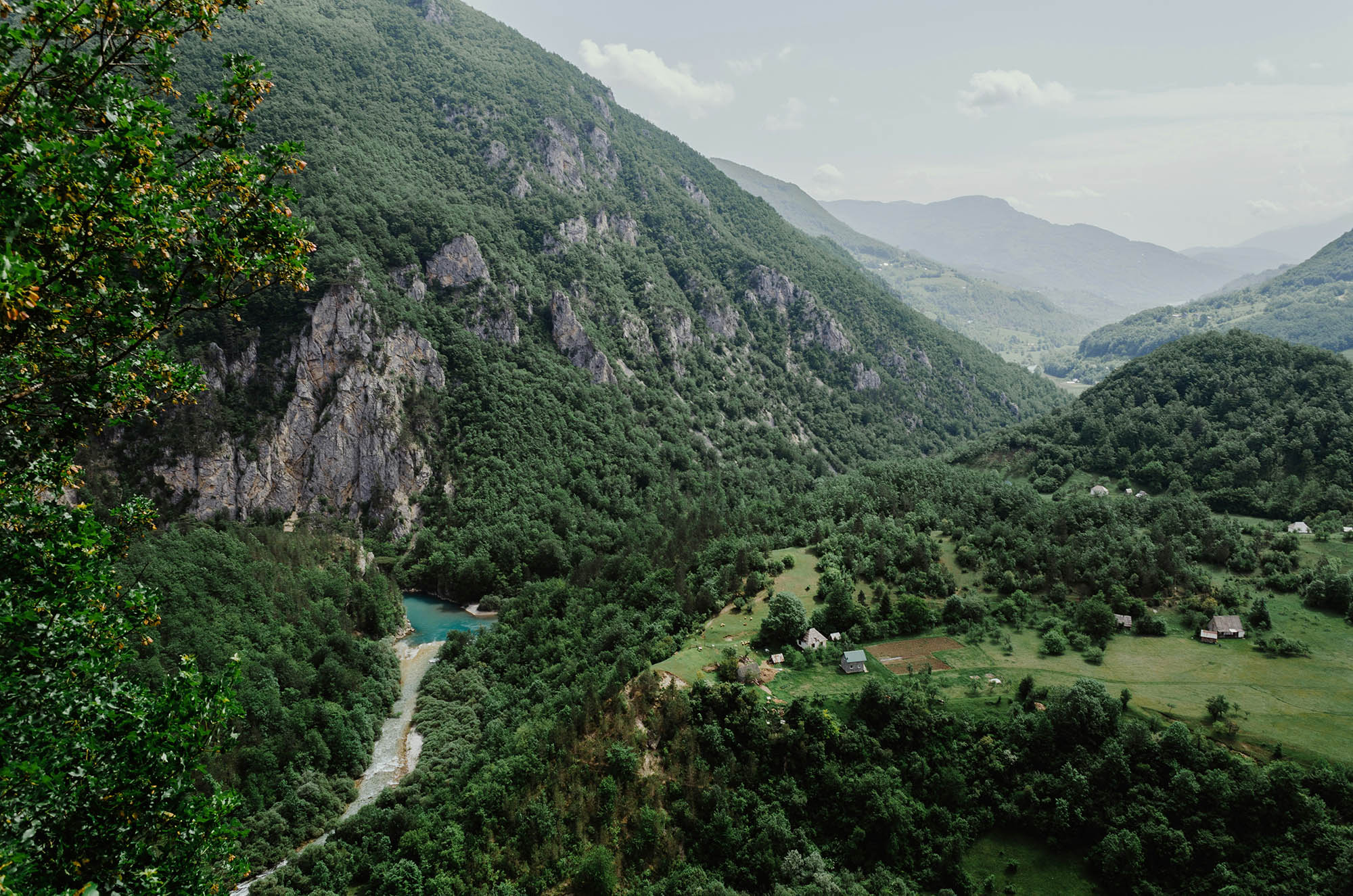
Picture yourself navigating rapids surrounded by towering cliffs and untouched forests. The season typically runs from April to October, with spring offering the most thrilling rapids thanks to the snowmelt.
Practical Tip: Guided tours are widely available and often include all necessary equipment, making it easy to jump into this adventure.
Hiking in Durmitor and Prokletije
Montenegro’s hiking trails offer breathtaking views at every turn.
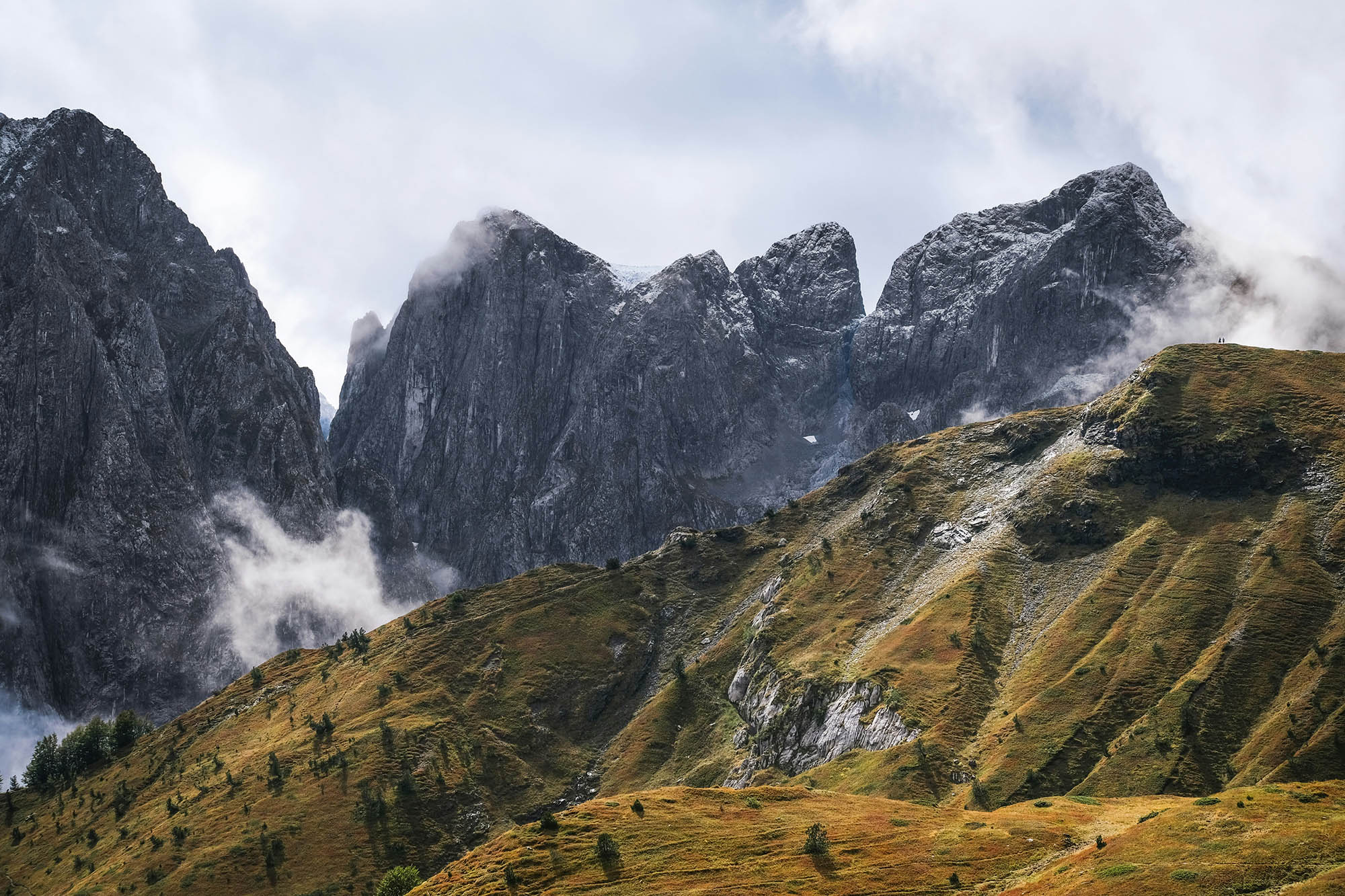
Durmitor National Park has well-marked trails that range from beginner-friendly paths to challenging climbs. Meanwhile, the Prokletije Mountains provide a more remote and rugged experience for seasoned hikers.
Practical Tip: Pack plenty of water, sturdy shoes, and a map if you plan to tackle less-travelled trails, especially in Prokletije.
Kayaking on Lake Skadar
Lake Skadar’s calm waters are perfect for kayaking.
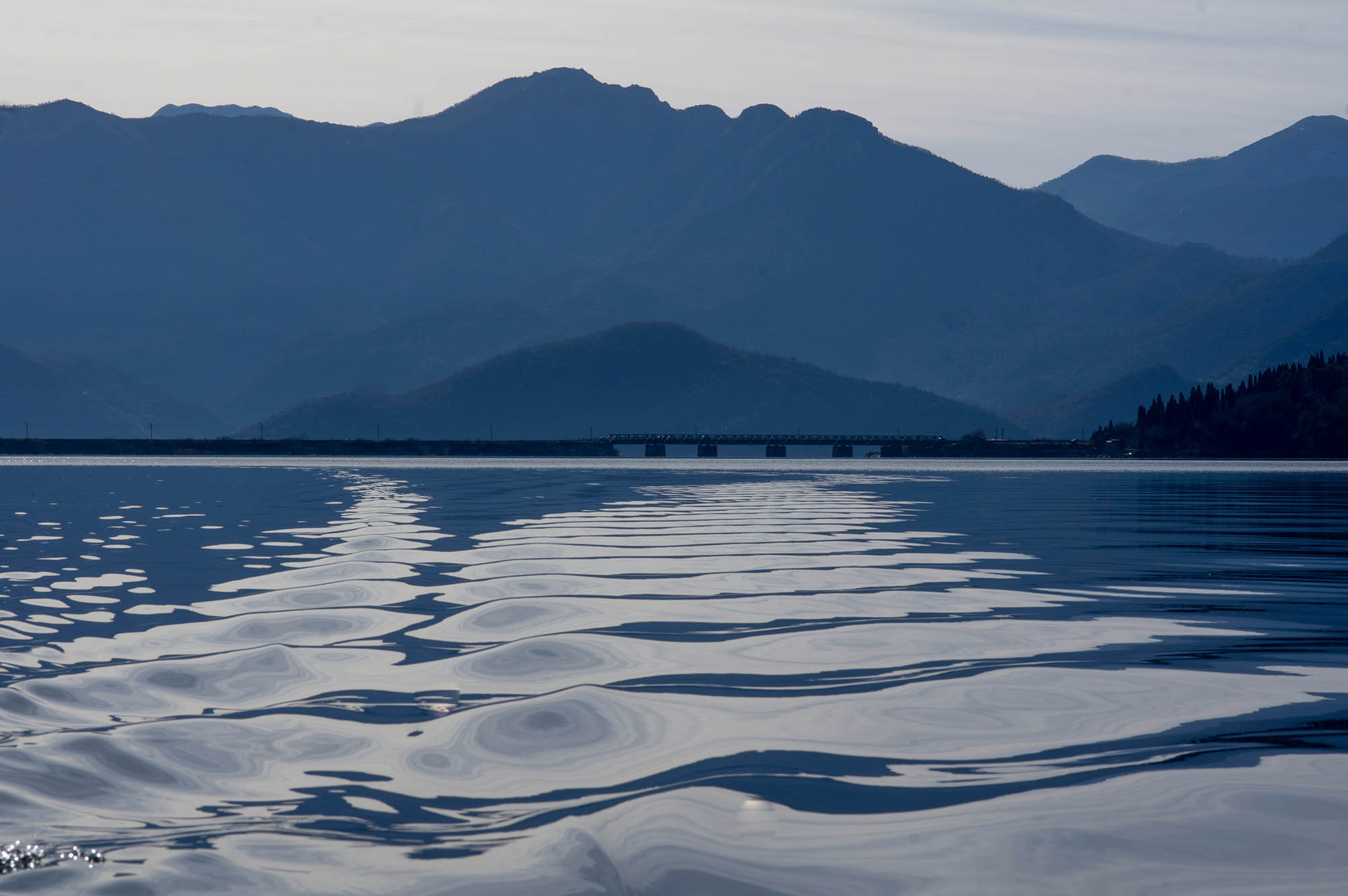
Paddle your way through quiet bays, past islands with ancient monasteries, and alongside vibrant birdlife, including pelicans. Kayaking gives you the chance to explore areas inaccessible by car or foot, offering a unique perspective on this stunning lake.
Practical Tip: Many local operators offer kayak rentals and guided tours, which are great for first-timers or those wanting to learn more about the area.
Skiing in Durmitor (Winter Sports)
When the mountains are blanketed in snow, Durmitor transforms into a winter wonderland.
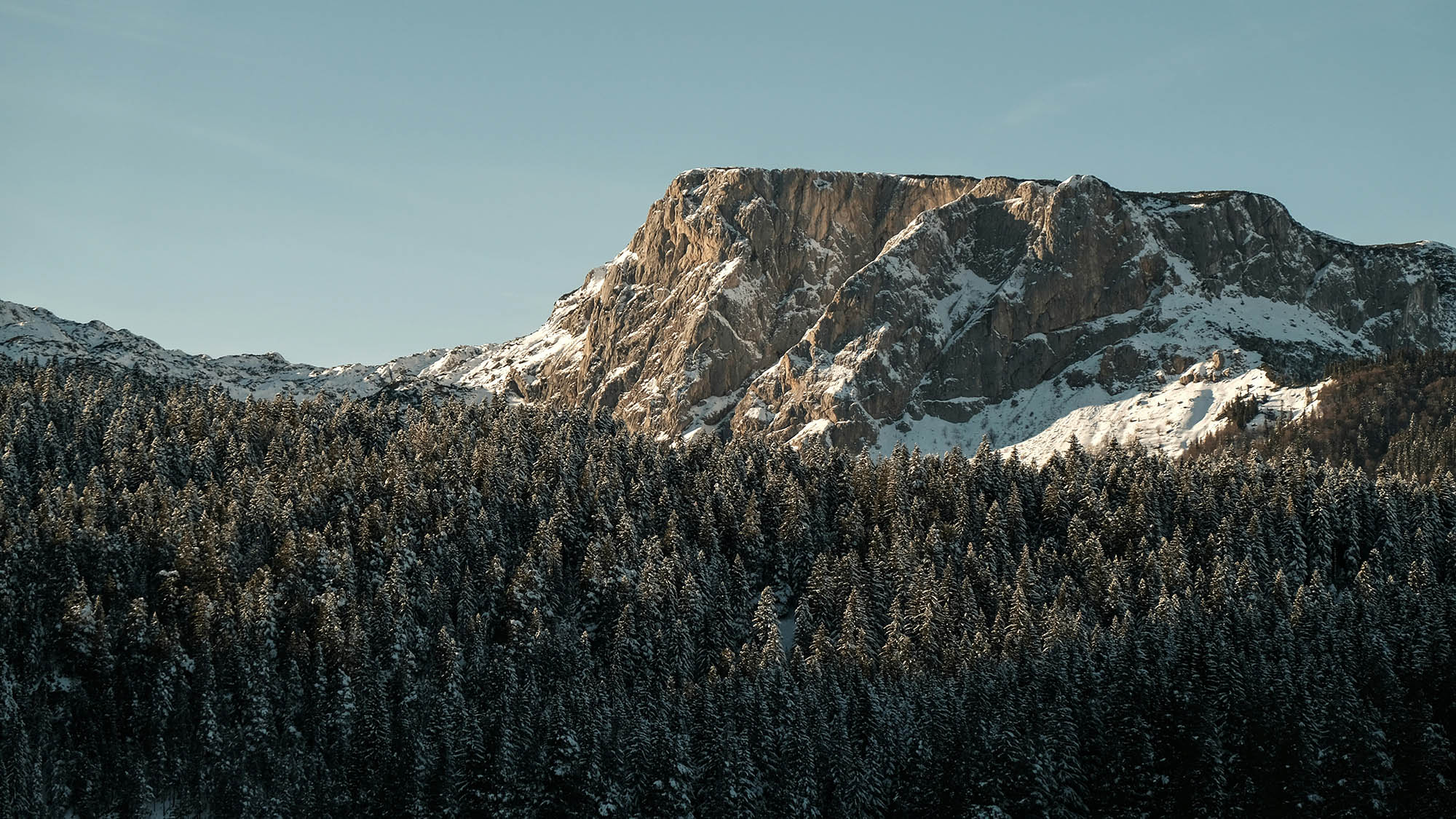
The small ski resort in Žabljak offers skiing and snowboarding for all skill levels, with fewer crowds and lower prices than many European destinations. It’s an ideal spot for those seeking a relaxed and scenic ski experience.
Practical Tip: Visit between December and March for the best snow conditions, and consider renting equipment locally to save on travel hassle.
7. It’s Budget-Friendly and Accessible
As a budget solo traveller, Montenegro surprised me with just how affordable and easy it was to get around. You don’t need to break the bank to enjoy the country’s stunning landscapes, rich history, and delicious food.
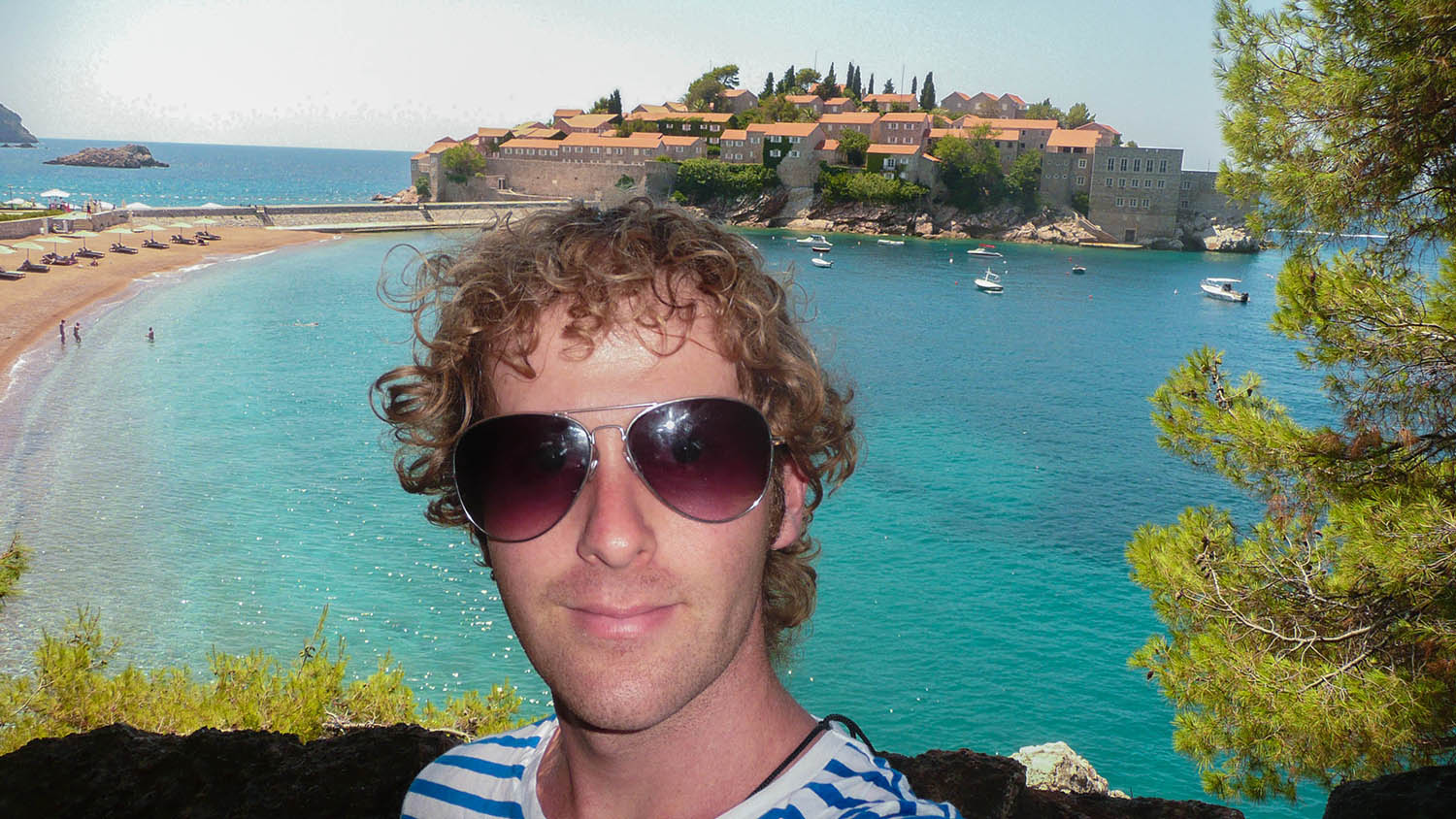
Whether you’re staying in a coastal town or venturing into the mountains, there are plenty of budget-friendly options to make your trip stress-free.
Affordable Travel Options
Accommodation in Montenegro caters to every budget. While luxury resorts like those on Sveti Stefan are out of reach for most budget travellers, I found plenty of affordable guesthouses and hostels that didn’t skimp on charm or hospitality. Staying at smaller, family-run places often added to the experience, with hosts offering tips and even the occasional home-cooked meal.
Transportation was another area where I saved. Public buses connect most towns and are incredibly cheap, though the schedules can be a bit unpredictable. For shorter distances, I occasionally shared taxis, which are common and affordable when split between passengers.
Renting a scooter for a day can be a highlight — it’ll give you the freedom to explore the surrounding areas at your own pace without spending a fortune.
Practical Tip: If you’re travelling between smaller towns or remote areas, be prepared for irregular bus schedules and consider renting a car or scooter for added flexibility.
Using the Euro Without EU Hassles
One of the things I appreciated most about travelling in Montenegro was the use of the euro. It made budgeting and paying for things so much easier, especially since I didn’t have to deal with currency exchange fees. What’s interesting, though, is that Montenegro isn’t part of the EU — meaning you still get that off-the-beaten-path vibe without sacrificing convenience.
Whether you’re paying for a meal in a local konoba or grabbing a ticket for a bus, having euros on hand keeps things simple. Just remember that smaller businesses and markets often prefer cash, so it’s a good idea to carry smaller denominations.
Practical Tip: ATMs are widely available, but always double-check your bank fees for international withdrawals to avoid surprises.
8. Unique Experiences You Won’t Forget
Montenegro offers more than stunning landscapes and historic towns — it’s also a place where you can immerse yourself in unique and unforgettable experiences.
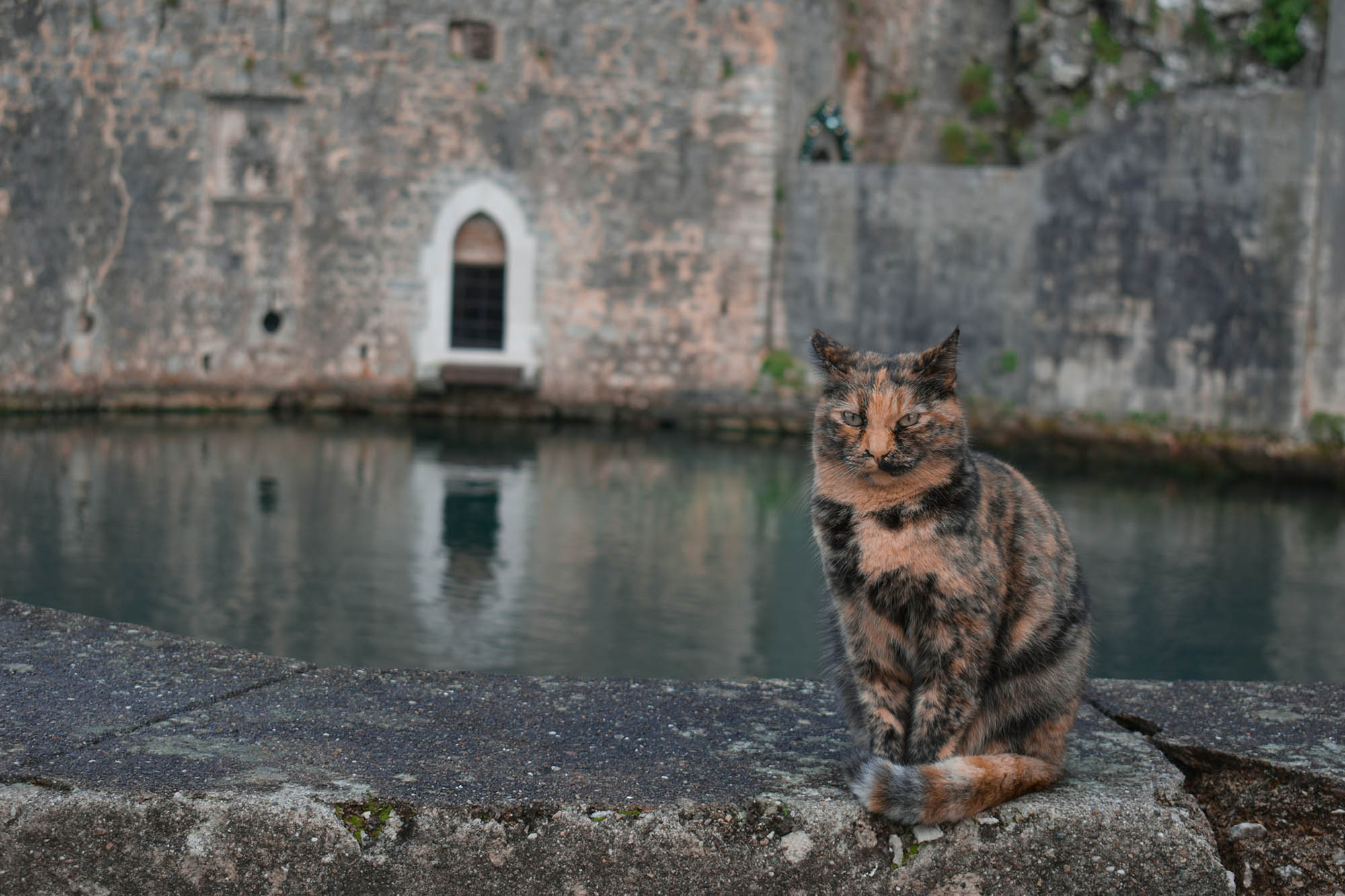
Here are a few ideas to help with your planning.
Village Homestays and Rural Life
Step away from the tourist hotspots and head into Montenegro’s rural villages for a glimpse of traditional life. Staying in a village homestay gives you the chance to connect with locals, learn about their way of life, and enjoy home-cooked meals made from fresh, local ingredients. Many hosts are happy to share stories, teach you about local customs, or even guide you on walks around the countryside.
Practical Tip: Look for homestays in areas like the Durmitor or Prokletije regions. Platforms like Airbnb or local tourism offices often list these unique types of accommodation.
Wildlife Watching (Lake Skadar and Beyond)
If you’re a nature lover, Montenegro is a fantastic destination for wildlife watching. Lake Skadar is a haven for birdwatchers, with species like pelicans and herons calling the area home. Beyond the lake, you can spot wildlife in Montenegro’s national parks, including deer, wolves, and even the elusive Balkan lynx in more remote areas.
Practical Tip: Join a guided birdwatching tour at Lake Skadar for the best chance to spot rare species. Bring binoculars and visit during spring or autumn for peak bird activity.
Participating in Local Festivals and Celebrations
Montenegrin festivals are a vibrant expression of the country’s culture and traditions. From the lively Kotor Carnival to grape harvest festivals in wine regions, these events are a great way to experience local life. Festivals often include music, dancing, food, and drink, offering you a full sensory experience of Montenegro’s rich heritage.
Practical Tip: Check the local event calendar before your trip to see if any festivals coincide with your visit. Many smaller celebrations aren’t heavily advertised, so asking locals for recommendations can uncover hidden gems.
Practical Information for Visiting Montenegro
When considering "is Montenegro worth visiting," practical factors like the euro currency, accessible transport, and compact size make it an easy destination for both planning and travel.
Getting to Montenegro
Montenegro is well-connected to neighbouring countries, making it an easy addition to your travel itinerary. I arrived by ferry from Bari, Italy, a scenic journey that was both affordable and convenient. The ferry docks in Bar, a coastal town that’s a great starting point for exploring the rest of the country.
When it came time to leave, I hopped on a bus heading for Serbia. Montenegro’s bus network is reliable, with routes connecting to most major cities in the Balkans. It’s a budget-friendly way to travel, though the mountainous roads can make for a bumpy ride.
▶ By Plane
Montenegro has two main airports: Podgorica Airport and Tivat Airport. Podgorica is ideal for those planning to explore the central or northern parts of the country, while Tivat is perfect for those heading straight to the coast. Both airports have connections to major European cities, making flying a convenient option.
Practical Tip: Check budget airlines for deals, as many seasonal flights operate during the summer months.
▶ By Bus
If you’re travelling from neighbouring countries like Croatia, Serbia, or Albania, buses are an easy and affordable way to reach Montenegro. Most routes terminate in major towns like Podgorica, Kotor, or Budva. The buses can be a bit old-fashioned, but they get the job done.
Practical Tip: Be prepared for longer travel times due to Montenegro’s mountainous roads, and keep a small snack and water handy for the journey.
▶ By Ferry
The ferry from Bari, Italy, to Montenegro is one of the most scenic and relaxing ways to arrive. It’s an 8-hour trip, so you can rest while crossing the Adriatic Sea. The ferry, operated by Jadrolinija, arrives in Bar, which is conveniently located for onward travel along the coast or into Montenegro’s interior.
Practical Tip: Book your ferry tickets in advance during the summer months, as this route is popular with tourists and locals alike.
Getting Around Montenegro
Montenegro may be small, but getting around can still be an adventure. Whether you’re using public transport or renting your own vehicle, there are plenty of ways to explore its stunning coastline and mountainous interior.
▶ By Domestic Flight
While Montenegro is small, domestic flights are available between Podgorica and Tivat airports, primarily during the summer season. However, this is a less common option, as most destinations are easily reached by road.
Practical Tip: Domestic flights are best for those on tight schedules or connecting to international flights.
▶ By Public Bus
Public buses are the most affordable way to travel between towns in Montenegro. They connect most major destinations, such as Kotor, Budva, Podgorica, and Bar, as well as smaller villages along the way. While the buses aren’t always the most modern, they’re reliable and offer a chance to travel like a local.
Practical Tip: Check the schedule at the bus station or ask your accommodation for the latest information, as timetables can be irregular, especially in more remote areas.
▶ By Shared Taxi
Shared taxis, often referred to locally as "combi" or "taxi bousse," are a middle ground between private taxis and buses. They run on set routes, are relatively affordable, and often reach places not covered by buses. This is a great option for short distances or when bus schedules don’t align with your plans.
Practical Tip: Ask locals or your host about shared taxi stops, as they might not be listed on maps or online.
▶ By Rental Car or Scooter
For ultimate flexibility, renting a car or scooter is the best option. This allows you to explore off-the-beaten-path locations like Durmitor National Park or the rural villages around Lake Skadar. The roads can be winding and narrow, especially in the mountains, but the freedom to stop wherever you like makes it worthwhile.
Practical Tip: Ensure you’re comfortable driving on mountain roads, and double-check rental insurance to cover all terrains. In summer, book rentals in advance as demand is high.
▶ By Taxi
Taxis are widely available in cities and tourist hotspots like Kotor and Budva. Most don’t use meters, so agreeing on a fare beforehand is essential.
Practical Tip: Always confirm the fare with the driver before starting your journey.
▶ By Cycling
For the adventurous traveller, cycling is a fantastic way to explore Montenegro’s scenic roads and countryside. Coastal routes and areas around Lake Skadar are particularly popular. Bike rentals are available in larger towns and tourist areas.
Practical Tip: Be prepared for steep climbs, especially inland. Early mornings or late afternoons are the best times to cycle to avoid the midday heat.
When is the Best Time to Visit Montenegro?
The best time to visit Montenegro depends on the type of trip you’re planning. Whether you’re looking for sunny beach days, scenic hikes, or winter sports, Montenegro offers something unique in every season.
Spring (March–May)
Spring is the perfect time to visit if you enjoy hiking or exploring historical sites. The weather is mild, and the landscapes come alive with blooming flowers and lush greenery. It’s also a quieter time to visit, with fewer tourists and more opportunities to enjoy Montenegro’s beauty in peace.
Practical Tip: Pack layers, as mornings and evenings can still be cool, especially in the mountains.
Summer (June–August)
Summer is peak tourist season, especially along the coast. Montenegro’s beaches are at their best, with warm waters and lively towns like Budva and Kotor bustling with energy. However, this also means larger crowds and higher prices.
Practical Tip: Book accommodation and transportation in advance during this busy season, especially if you plan to visit popular destinations like Sveti Stefan or Durmitor National Park.
Autumn (September–November)
Autumn is a fantastic time to visit for mild weather, fewer crowds, and vibrant fall colours, particularly in the mountainous regions. It’s an excellent season for outdoor activities like hiking and exploring Lake Skadar, as the water is still warm enough for kayaking.
Practical Tip: September is ideal for coastal visits, while October and November are better for mountain trips as temperatures start to drop.
Winter (December–February)
Winter transforms Montenegro into a quieter, snow-covered wonderland. Durmitor National Park and Žabljak offer excellent skiing and snowboarding opportunities, while the coastal towns are peaceful, though much of the tourist infrastructure slows down.
Practical Tip: If you’re visiting for winter sports, ensure you have appropriate gear or plan to rent equipment locally. Roads to mountainous areas may require snow chains.
Health and Safety Tips
Montenegro is generally a safe and welcoming country, but it helps to come prepared, especially if you plan to explore its more remote or rugged areas. As someone with a background in nursing, I naturally pay attention to health and safety considerations when travelling, and Montenegro left me pleasantly surprised by how manageable it was.
One thing to keep in mind is how quickly the terrain can shift. While hiking, I realised that even well-marked trails could be physically demanding, especially if you’re not used to the altitude or steep climbs.
Packing essentials like plenty of water, sun protection, and a basic first-aid kit is a good idea. I didn’t need it, thankfully, but having it gave me peace of mind.
When it comes to healthcare, Montenegro’s public facilities are basic, especially in rural areas. Private clinics in towns like Budva or Podgorica are better equipped, but for anything beyond minor injuries, travel insurance is essential. Pharmacies (apoteka) are well-stocked for most over-the-counter needs, but it’s best to bring prescription medications from home.
I’d also recommend being cautious about mosquitoes, particularly around Lake Skadar in the warmer months. I had some bug spray and eucalyptus oil on hand and was glad I did — it made sitting by the water in the evenings far more enjoyable.
Practical Tip: If you’re heading into the mountains or national parks, let someone know your plans before setting out, especially if you’re travelling alone. Montenegro’s landscapes are stunning but can feel remote, and mobile signal isn’t always reliable.
Tips for Solo Travellers
As a solo traveller, I found Montenegro to be an easy and enjoyable country to explore alone. Its compact size, friendly locals, and variety of experiences made it perfect for someone like me who values independence but also enjoys the occasional connection with others.
- Accommodation: I stayed in small guesthouses and hostels, which not only helped me stick to my budget but also gave me the chance to meet other travellers. In Kotor, the social atmosphere at my hostel made it easy to join others for occasional activities or simply share stories over dinner.
- Transportation: Getting around solo was surprisingly simple. The public buses were reliable and affordable, even if they didn’t always run on time. For short distances, I shared taxis with locals, which felt more like an adventure than a chore.
- Safety: I felt completely safe throughout my trip, whether I was hiking alone in the mountains or wandering the streets of Kotor at night. That said, I kept the usual solo travel habits — like avoiding unlit areas after dark and keeping my valuables secure.
Travelling solo in Montenegro wasn’t just about ticking off sights — it was about the connections I made along the way.
One of my favourite memories was meeting the two Montenegrin women on the ferry from Bari. Their showing me around Kotor and introducing me to their family is something I won’t forget. Experiences like that reminded me why I love solo travel — it opens doors you don’t even realise exist.
Practical Tip: If you’re travelling solo, be open to spontaneous opportunities. Some of my best moments in Montenegro weren’t planned — they just happened because I said yes to an invite or struck up a conversation with a stranger.
So, Is Montenegro Worth Visiting?
Absolutely. Montenegro is a country that punches well above its weight, offering stunning natural landscapes, rich history, and warm hospitality all packed into a small, accessible area. Whether you’re a solo traveller like me, a nature enthusiast, or someone seeking cultural immersion, Montenegro delivers unforgettable experiences without breaking the bank.
For me, Montenegro wasn’t just a destination — it was a reminder of why I love to travel alone. It’s the kind of place where being on your own doesn’t mean being lonely. From the welcoming locals who showed me around Kotor to the spontaneous hitchhiking adventure at Lake Skadar, Montenegro taught me that the best travel memories often come from connections you don’t plan for.
It’s a country that invites you to slow down, embrace the moment, and let the unexpected shape your journey.
